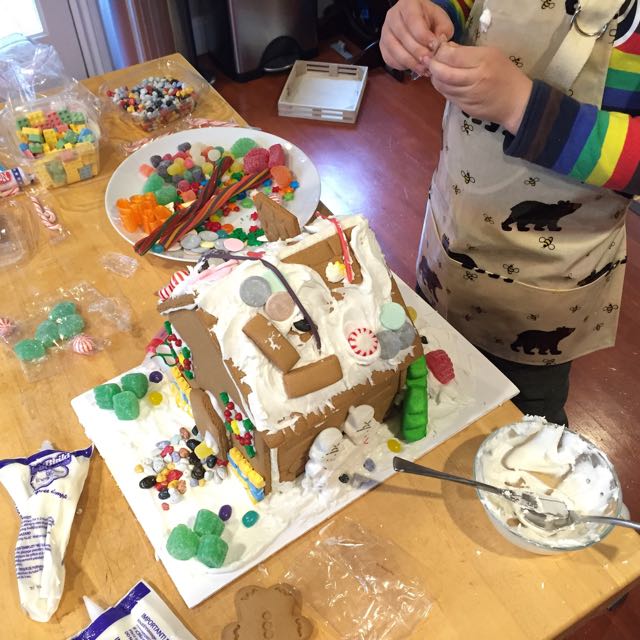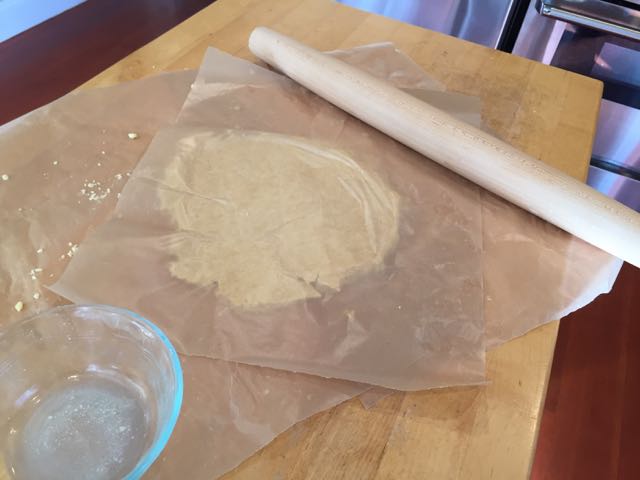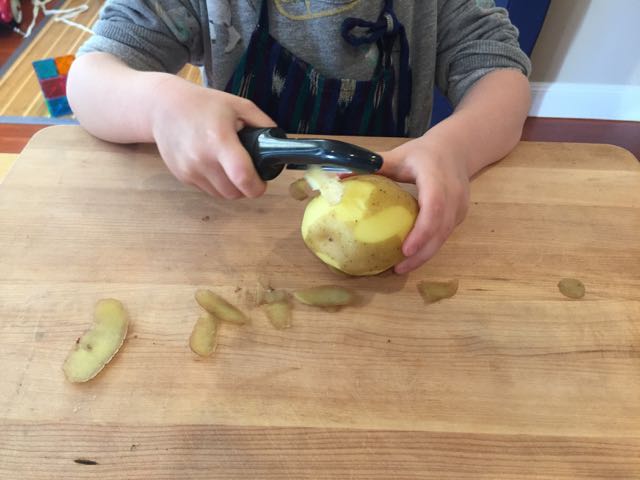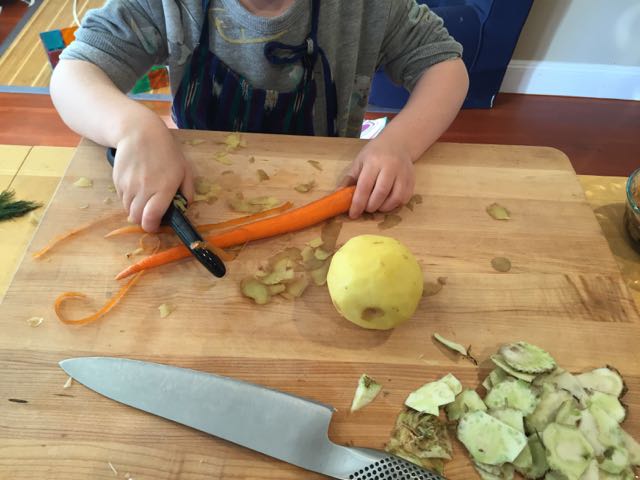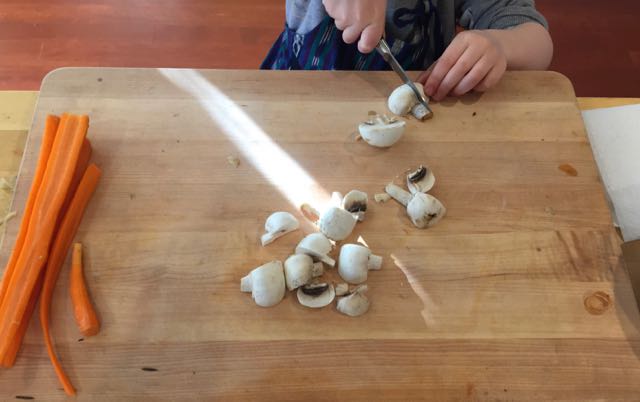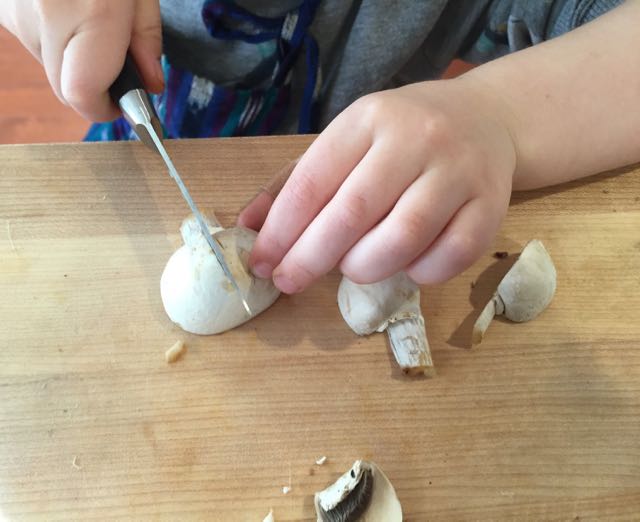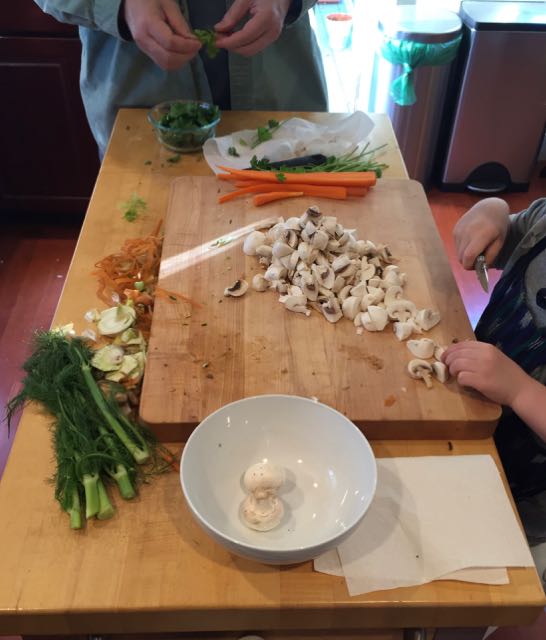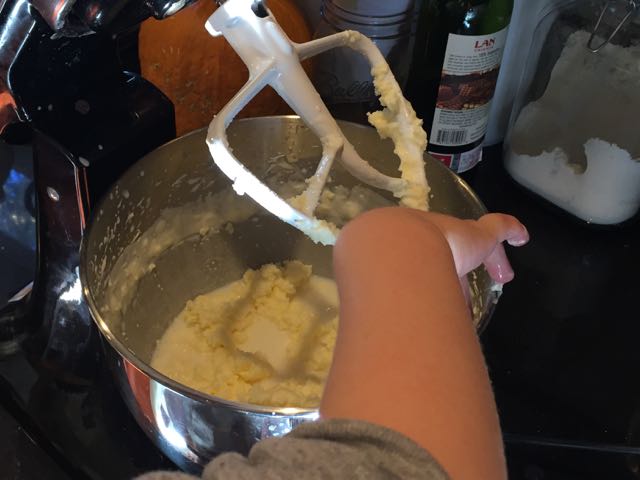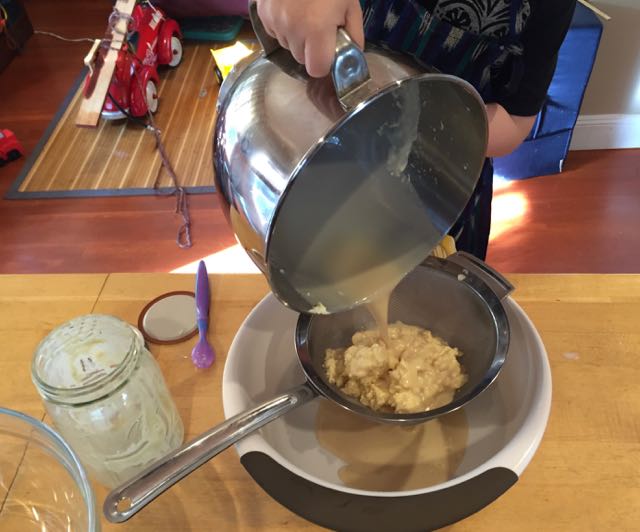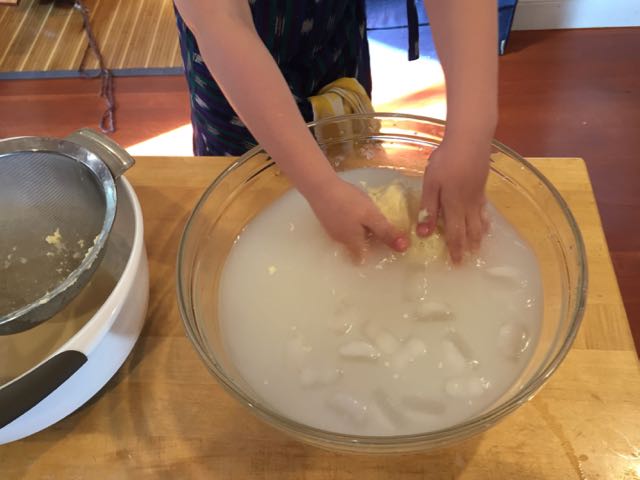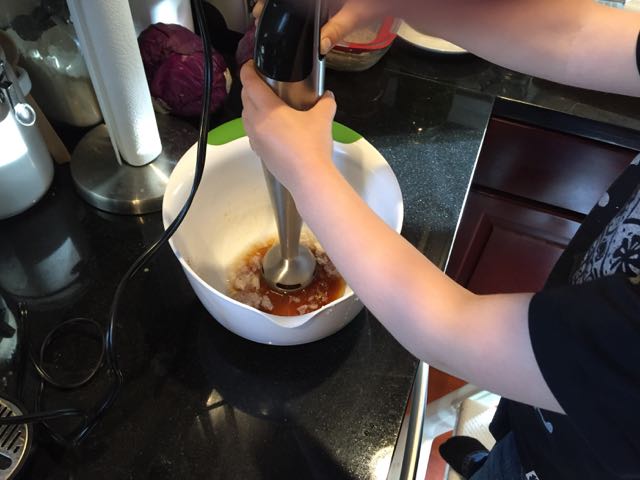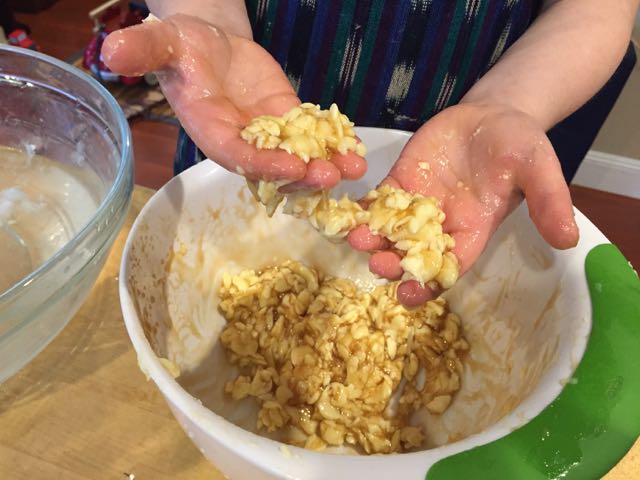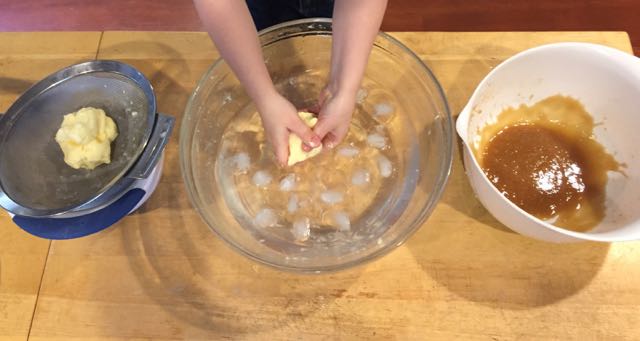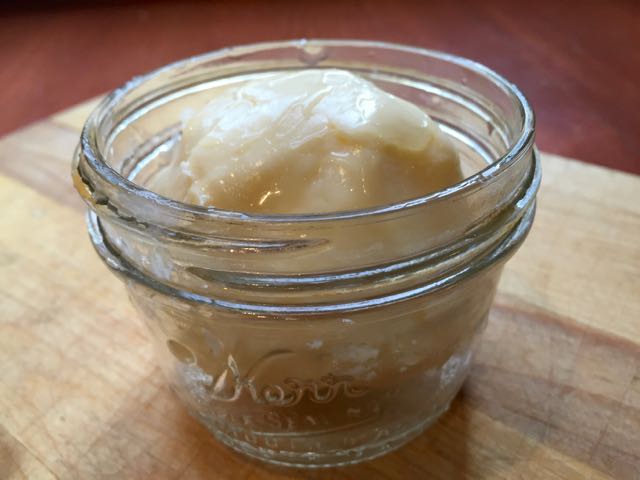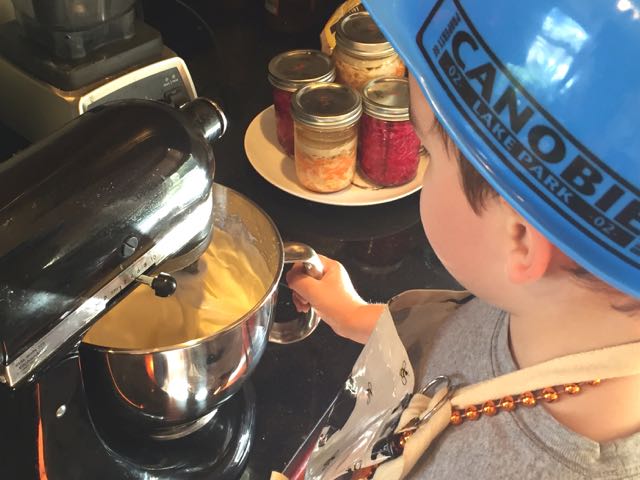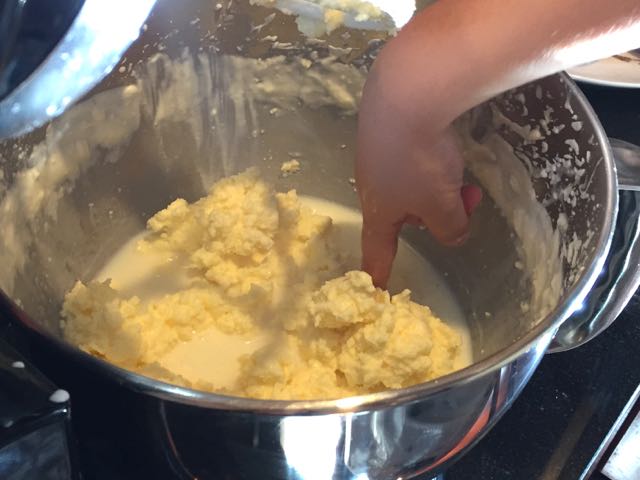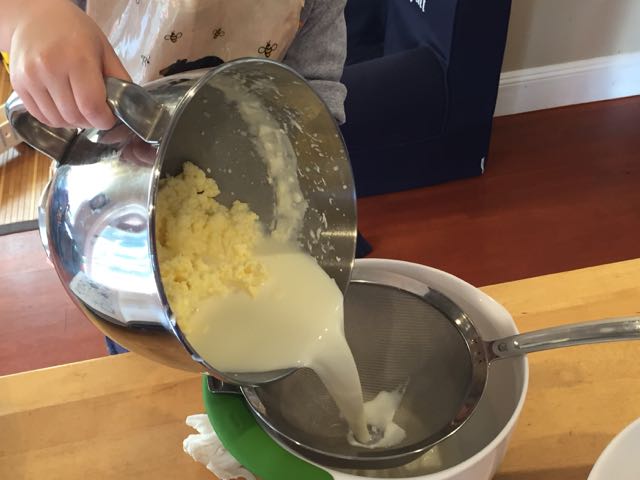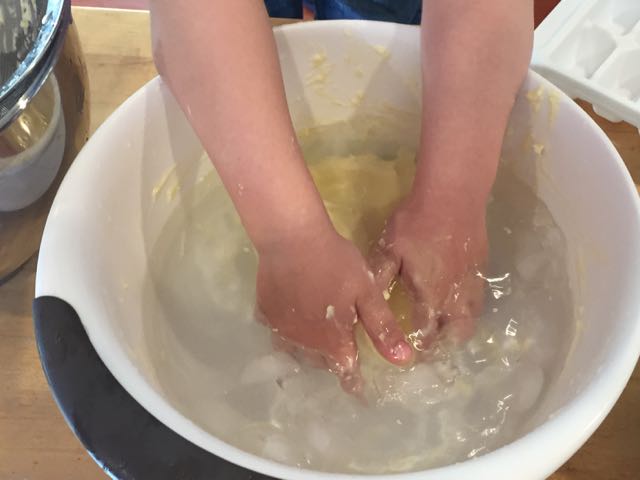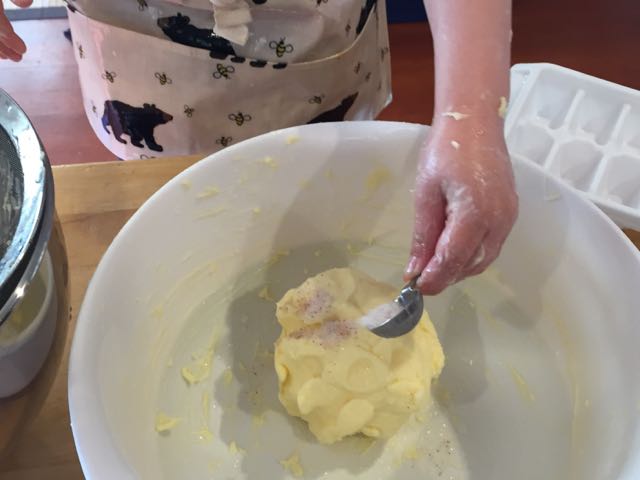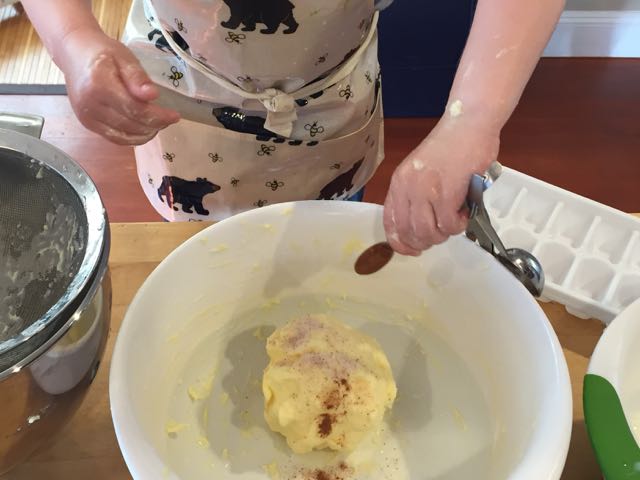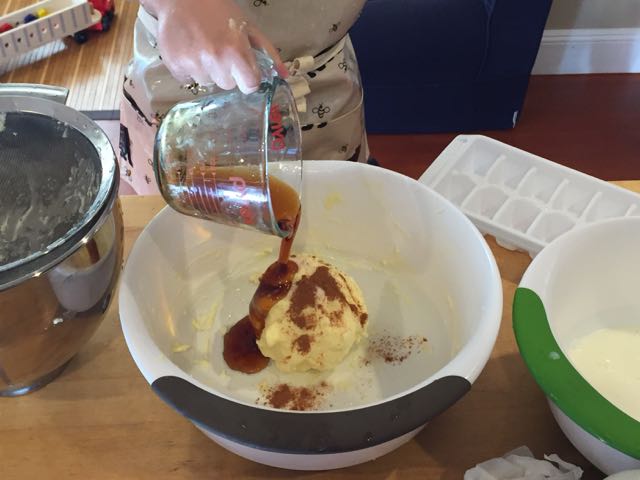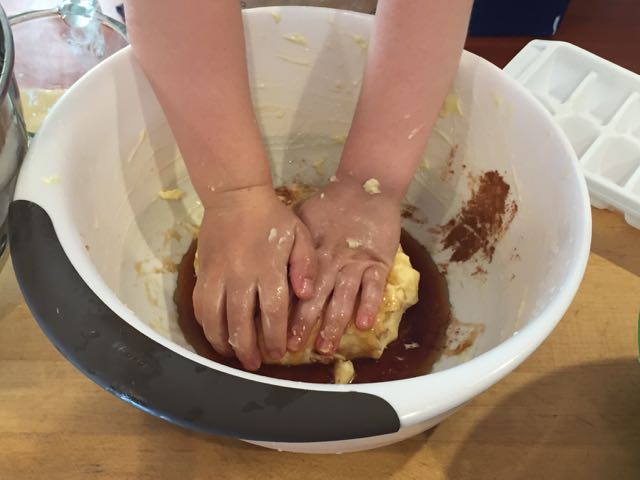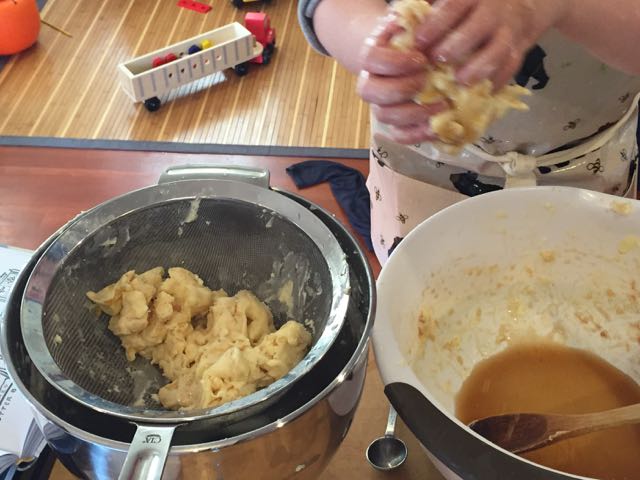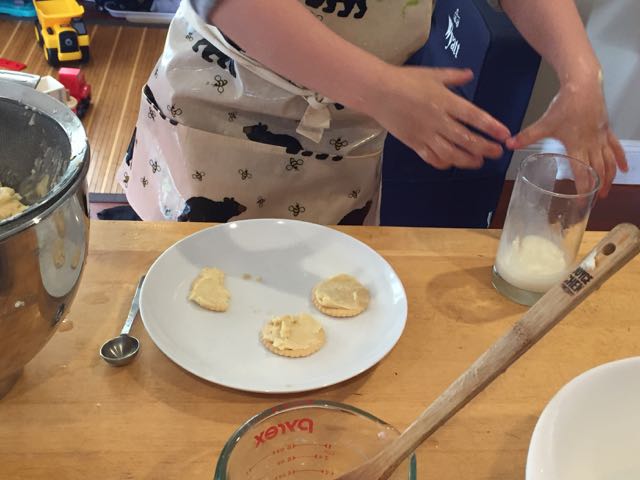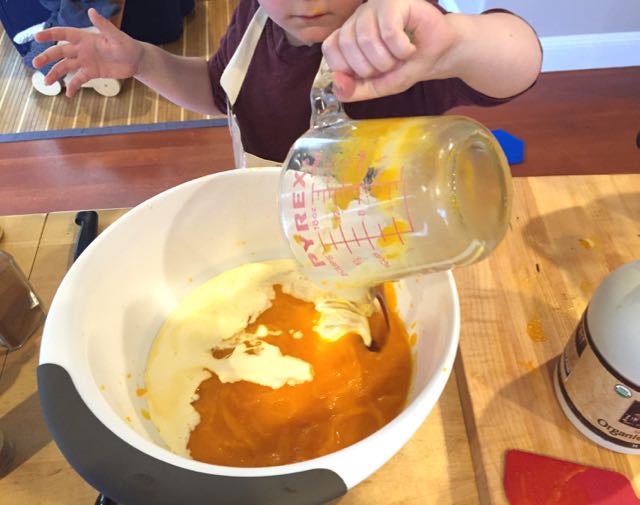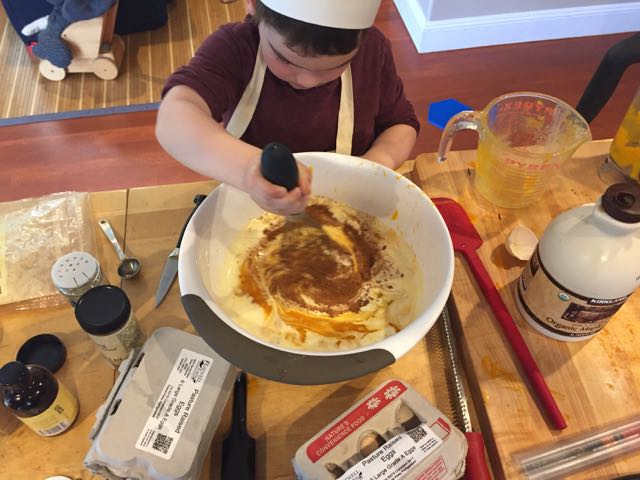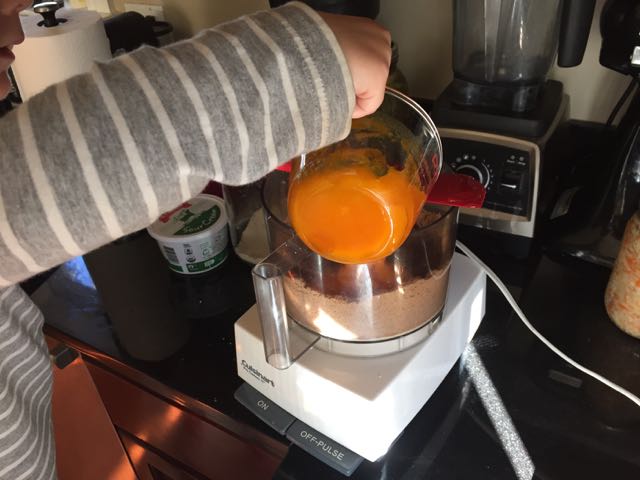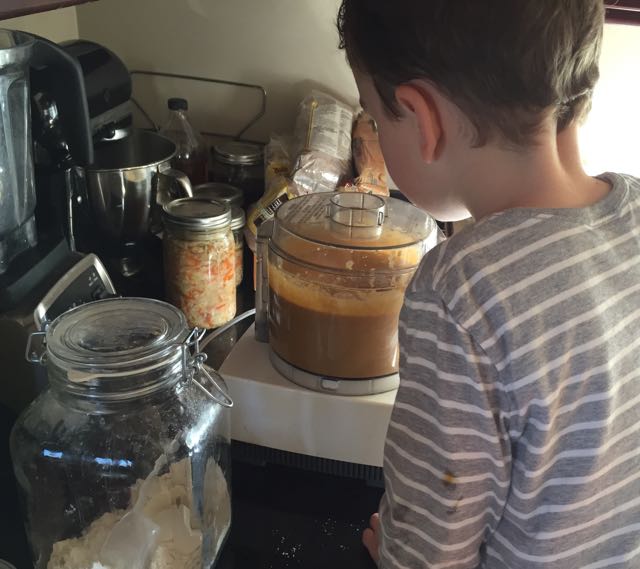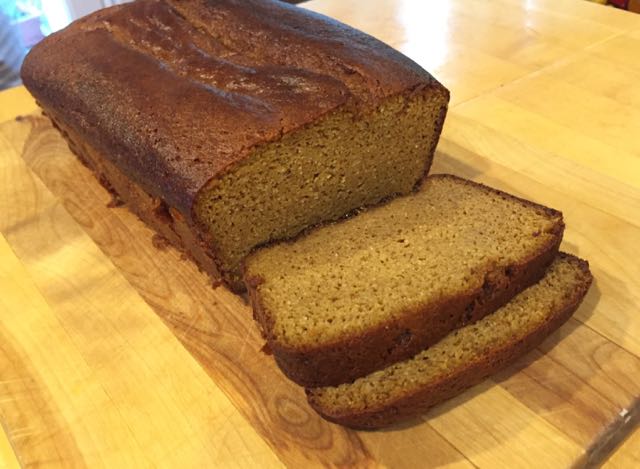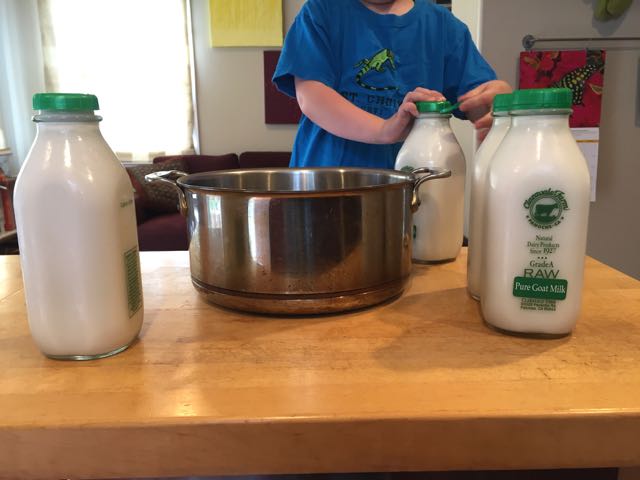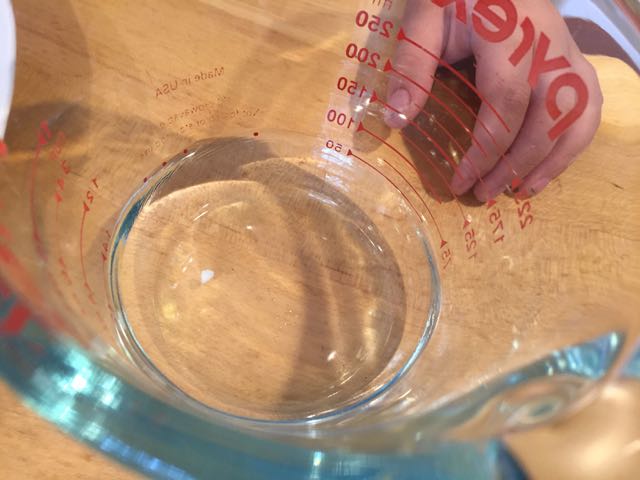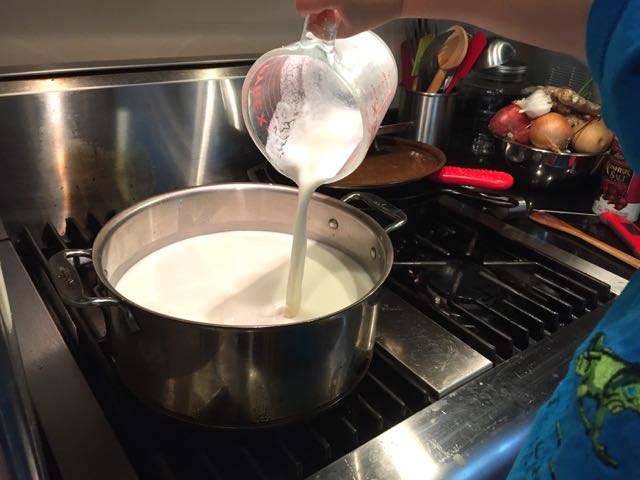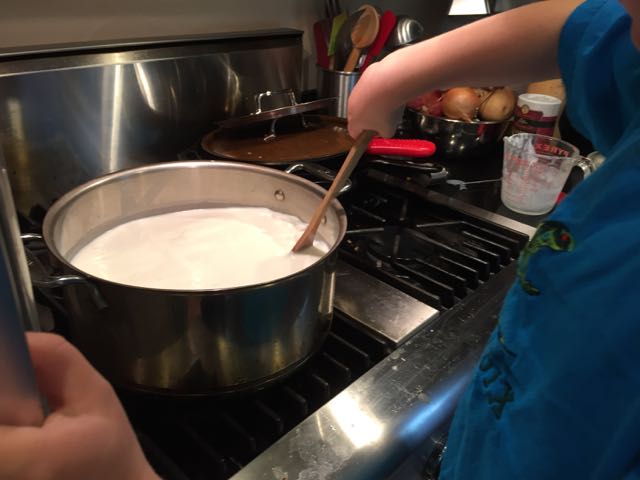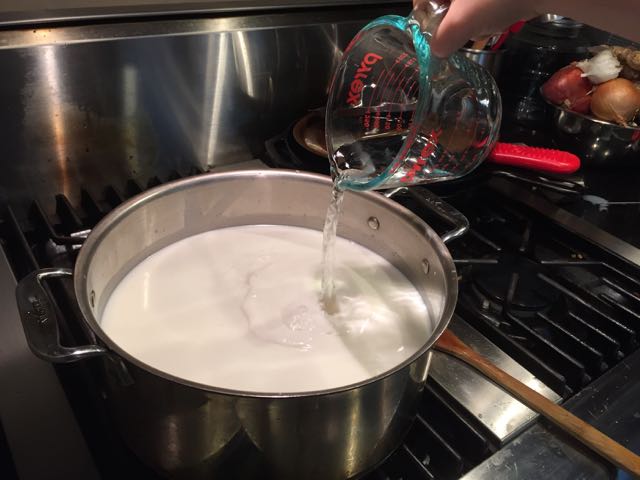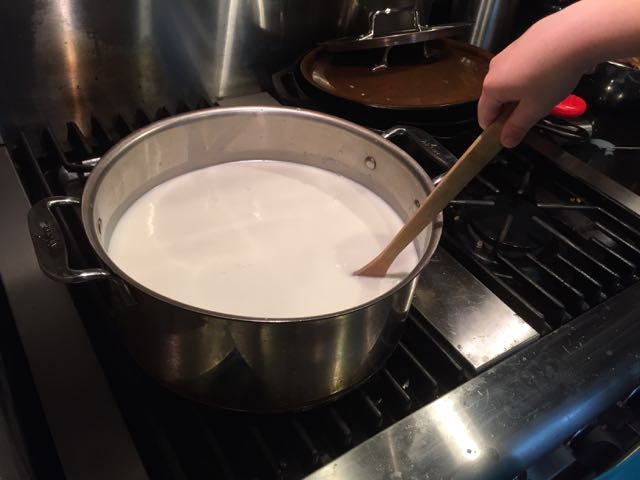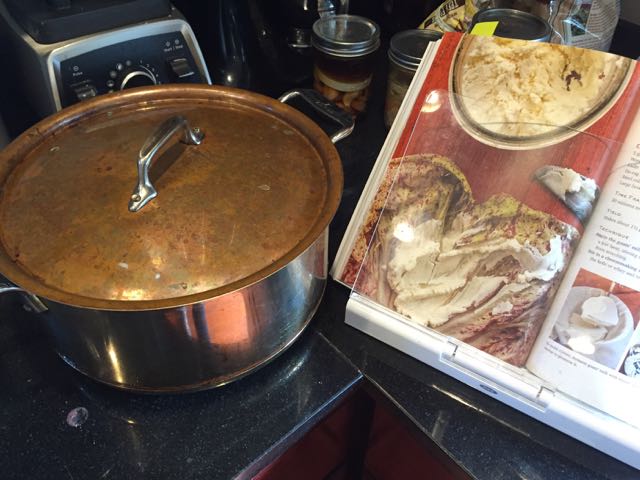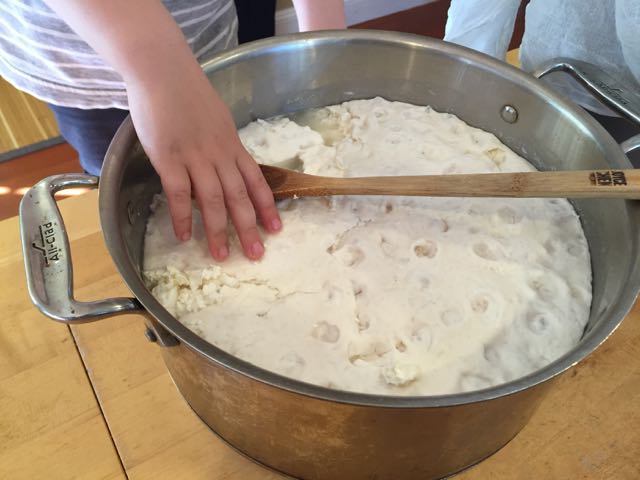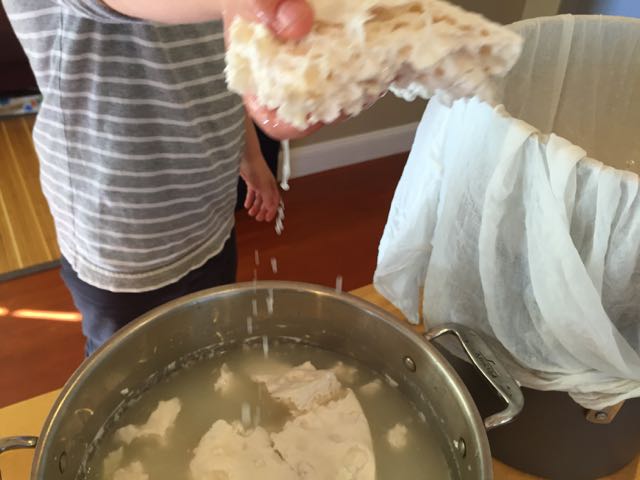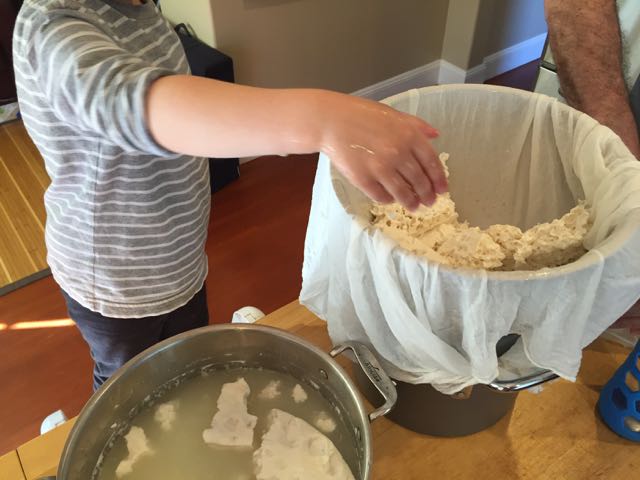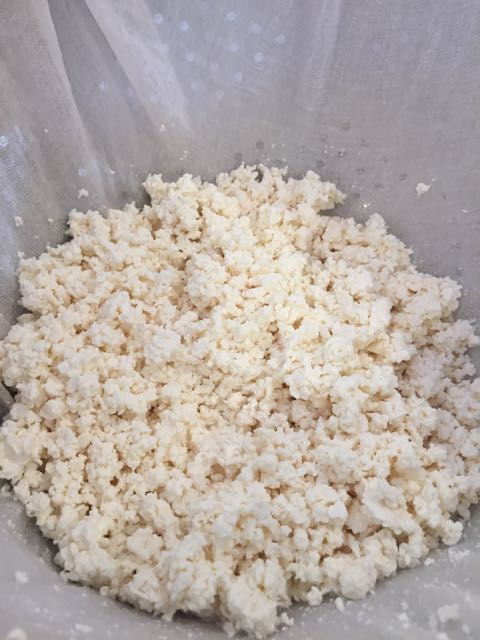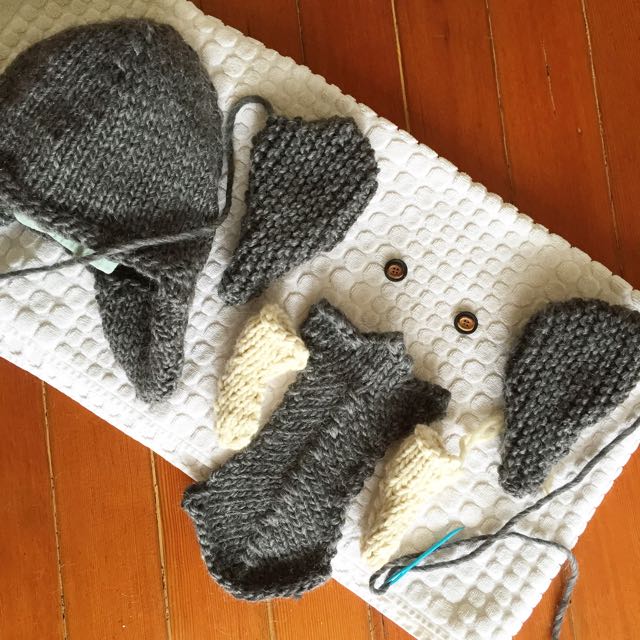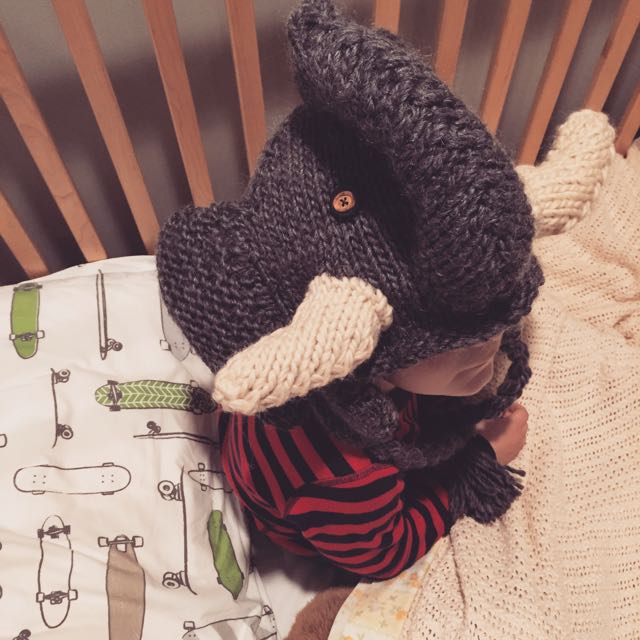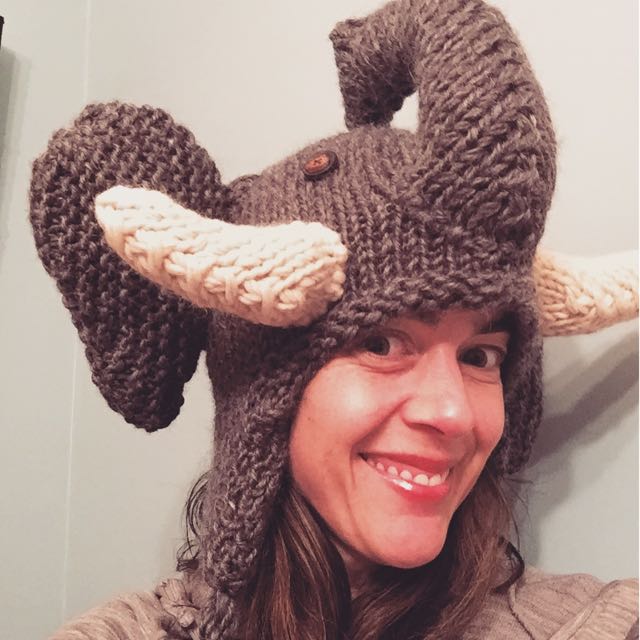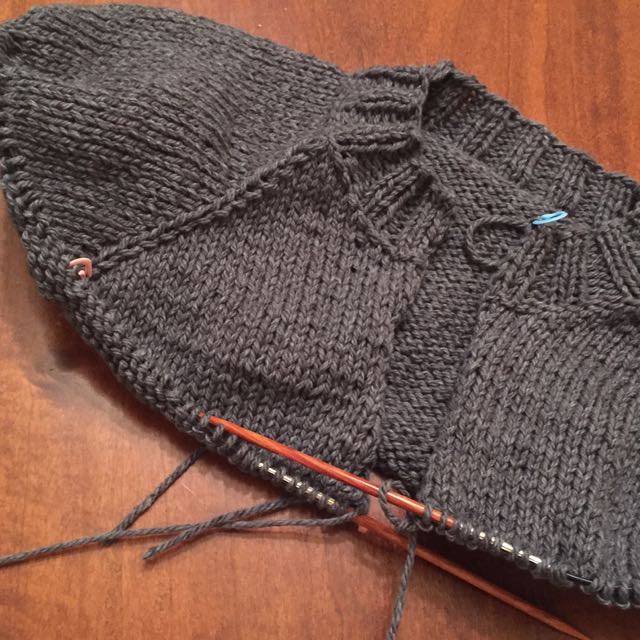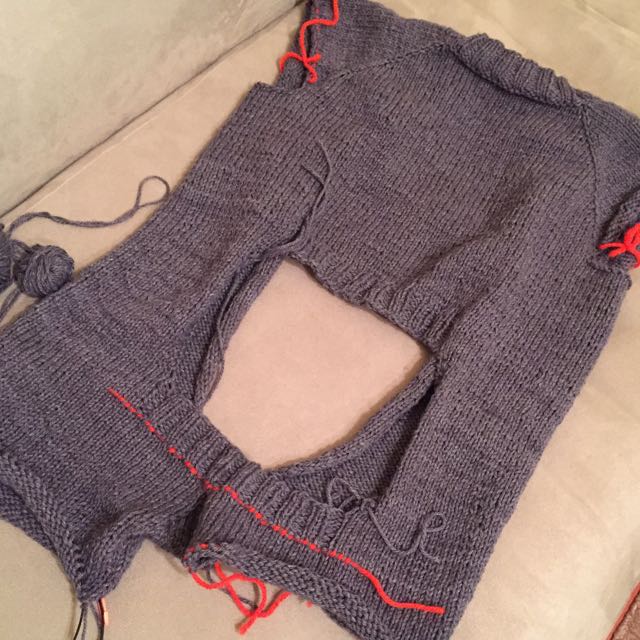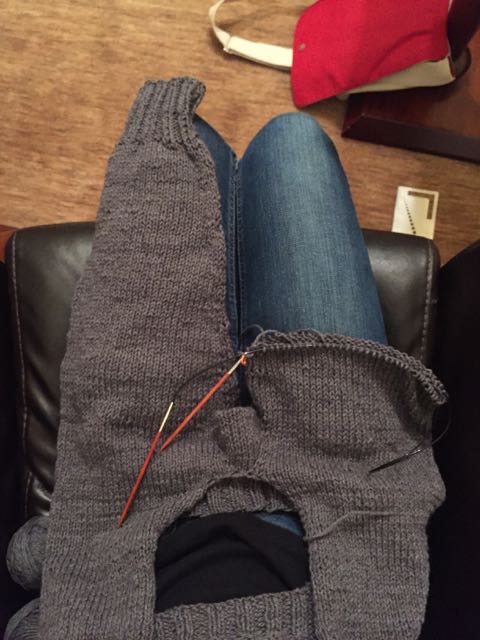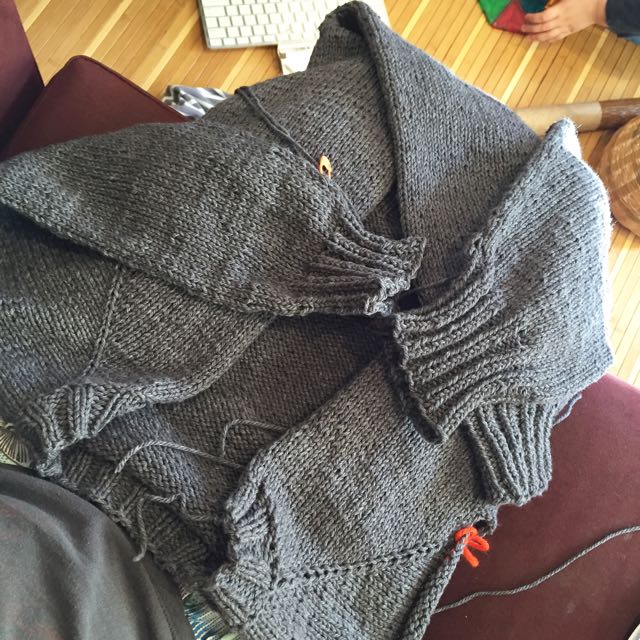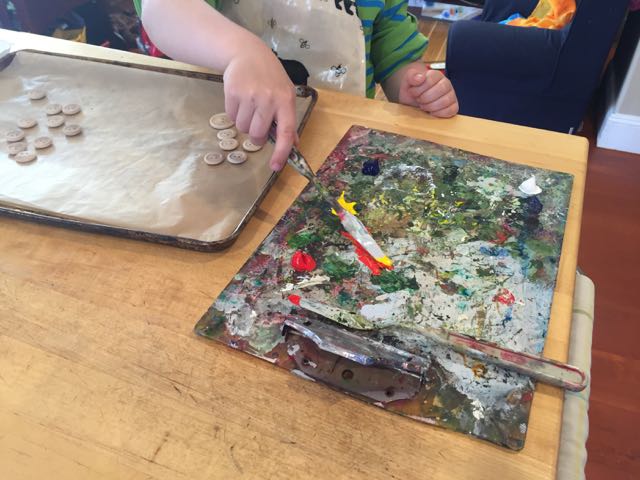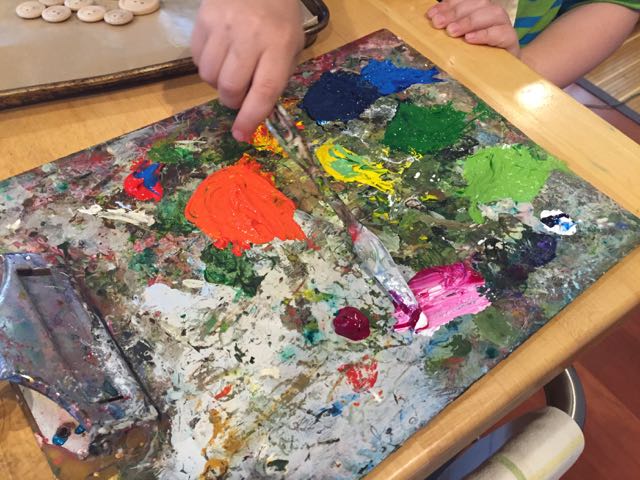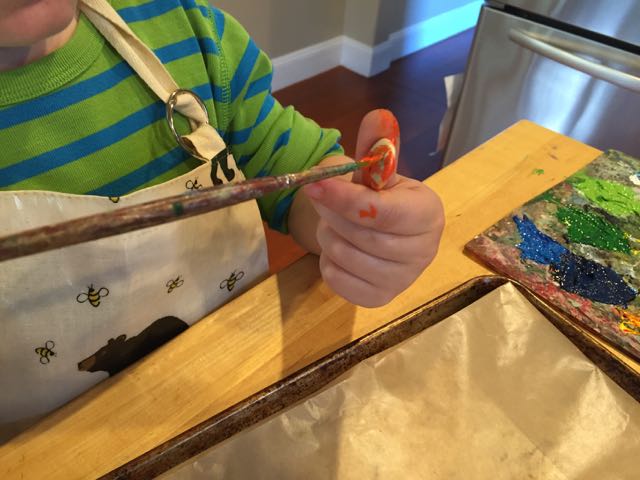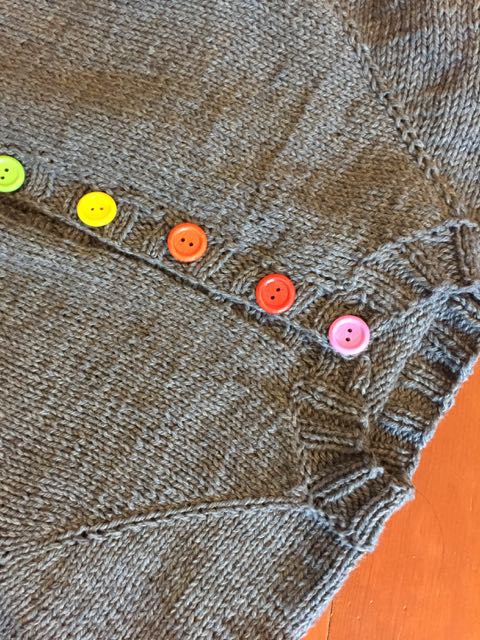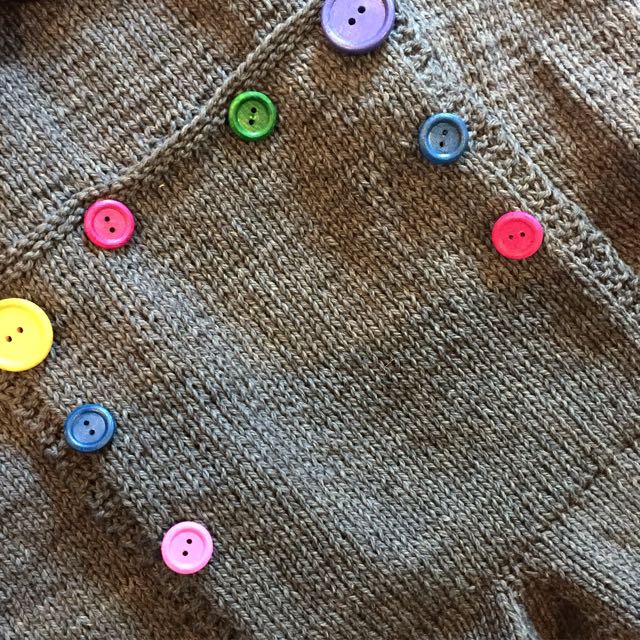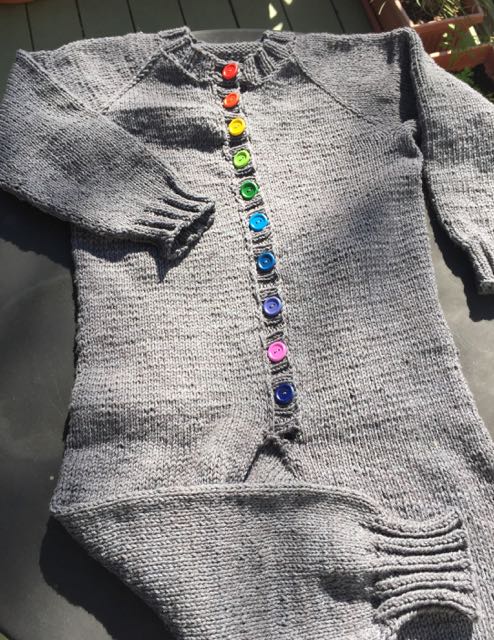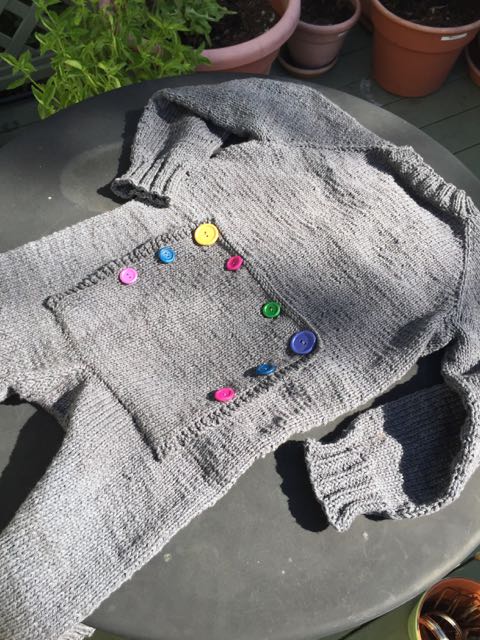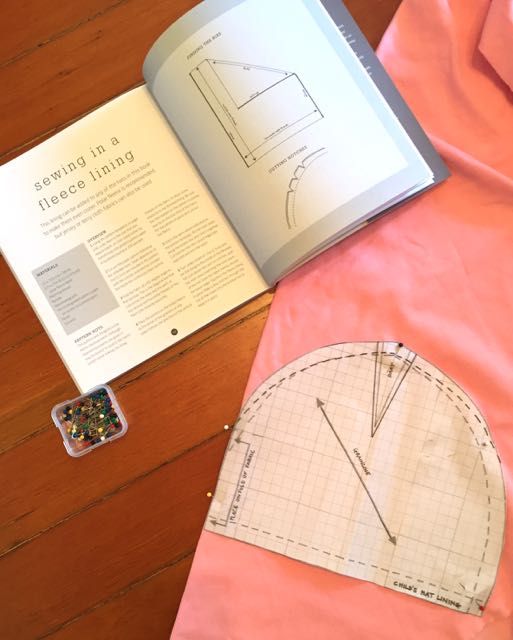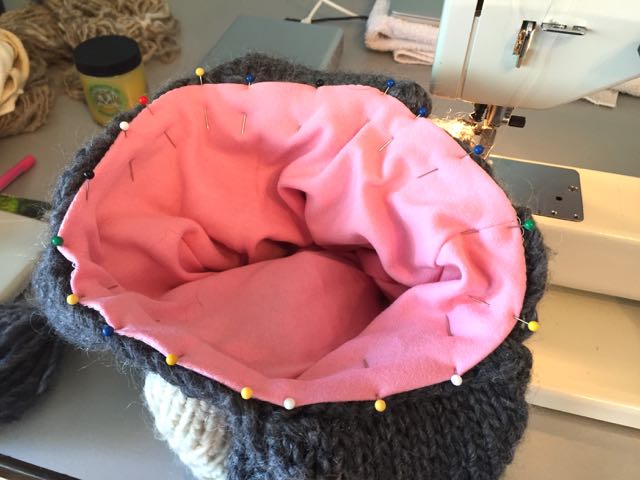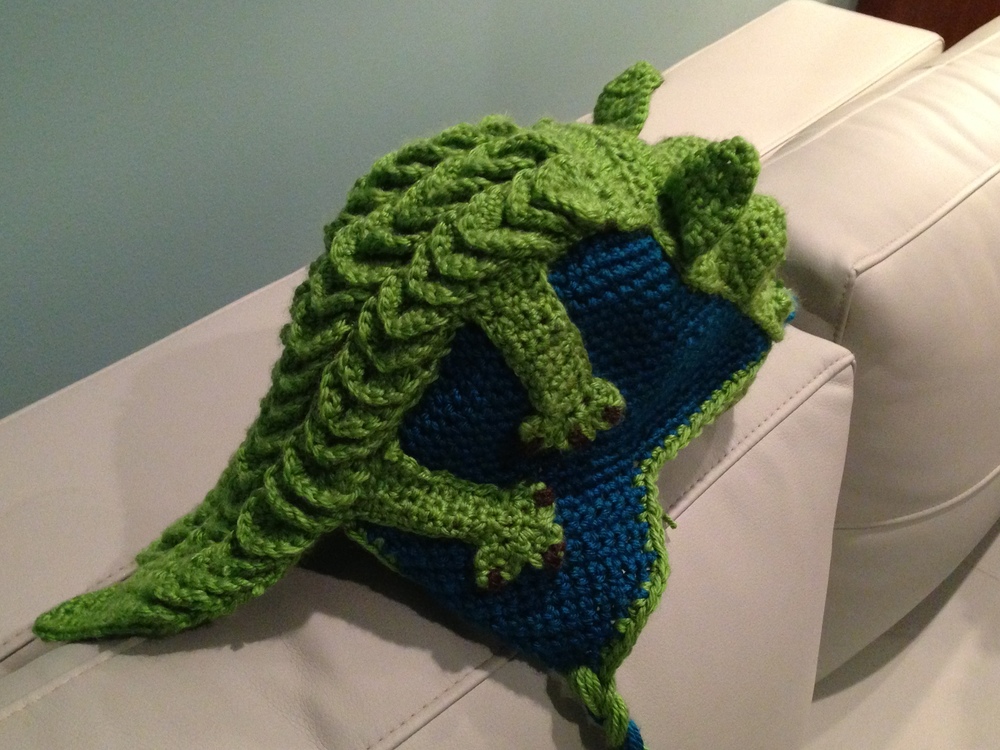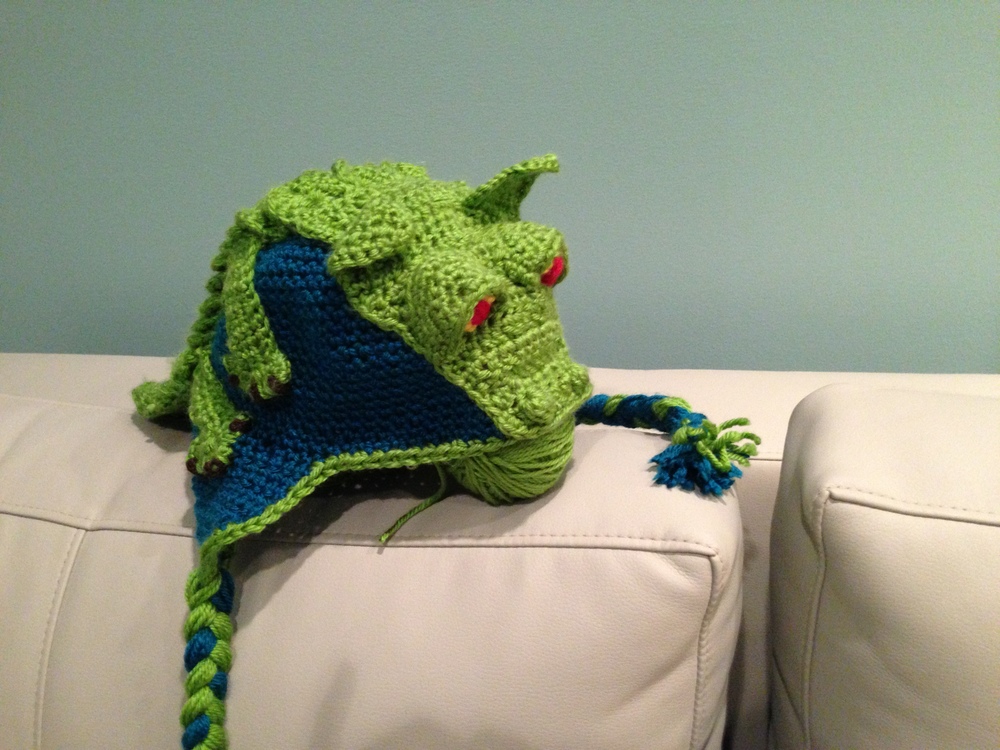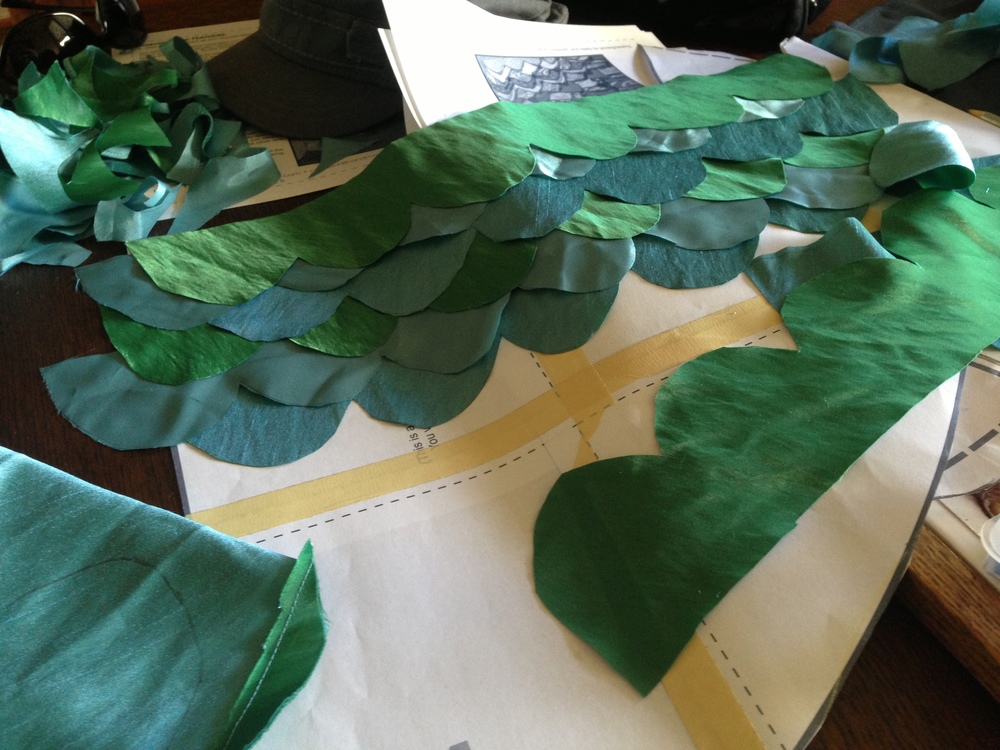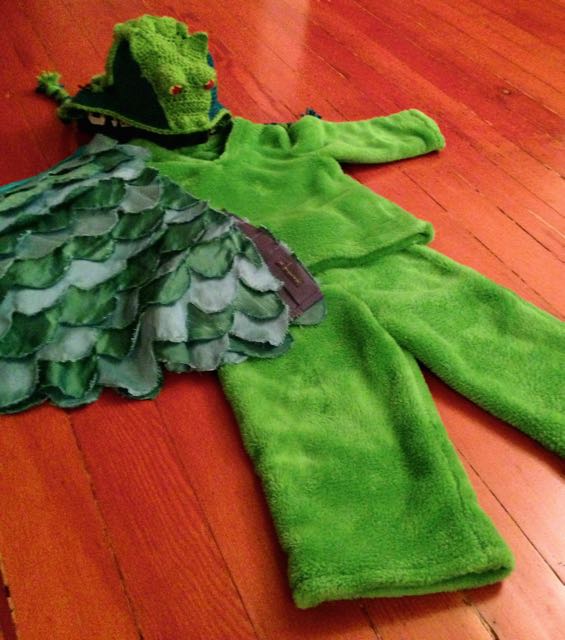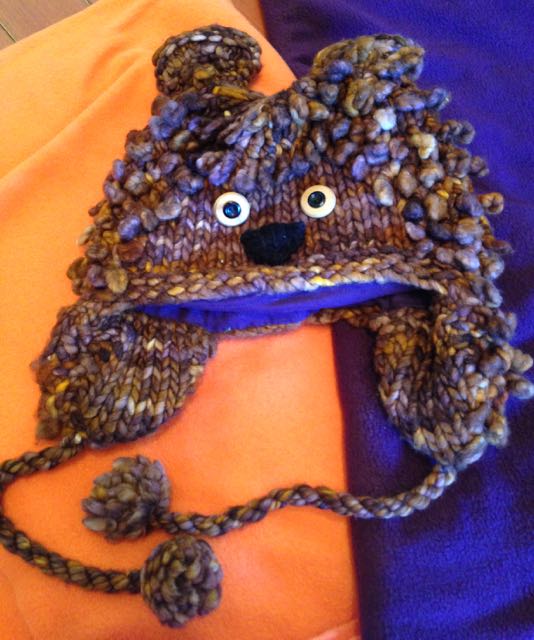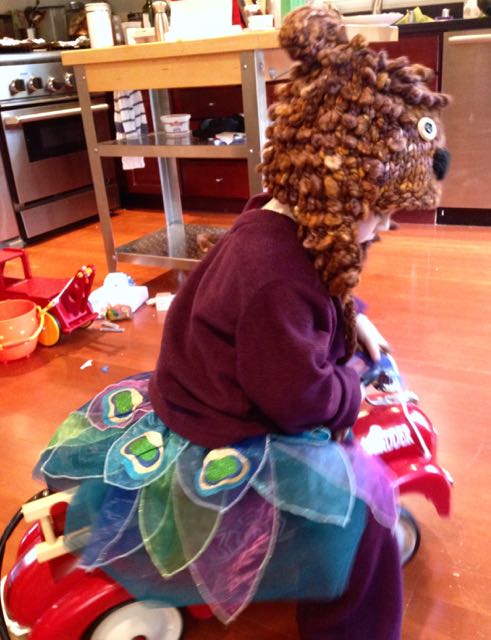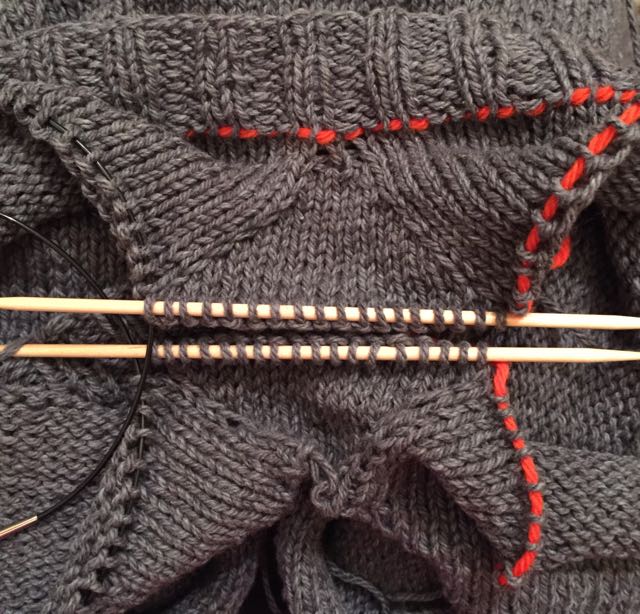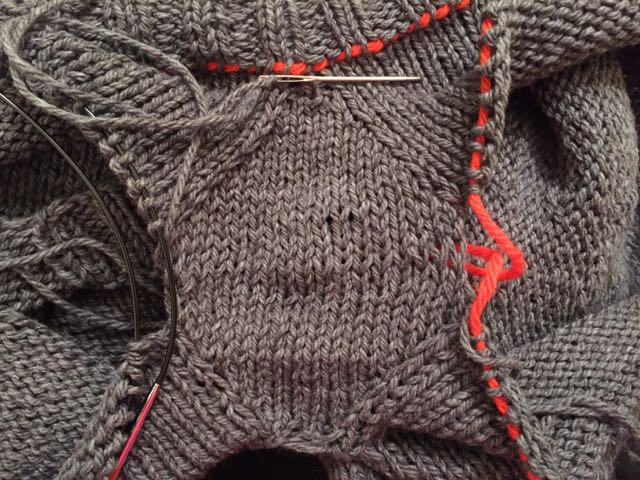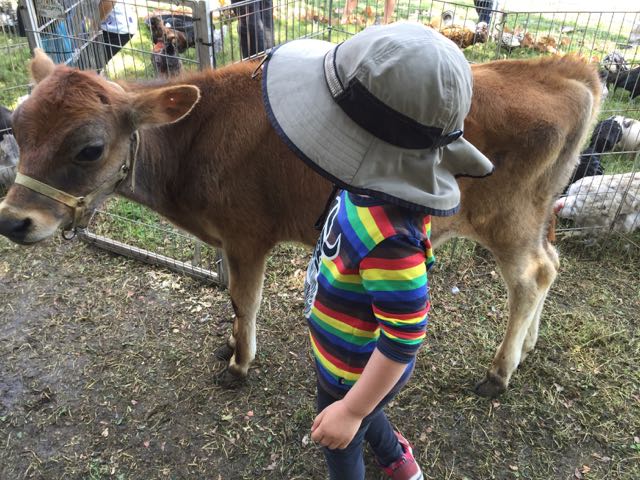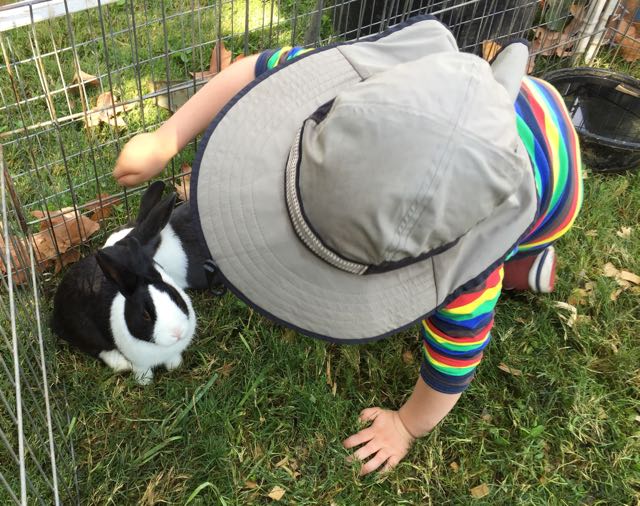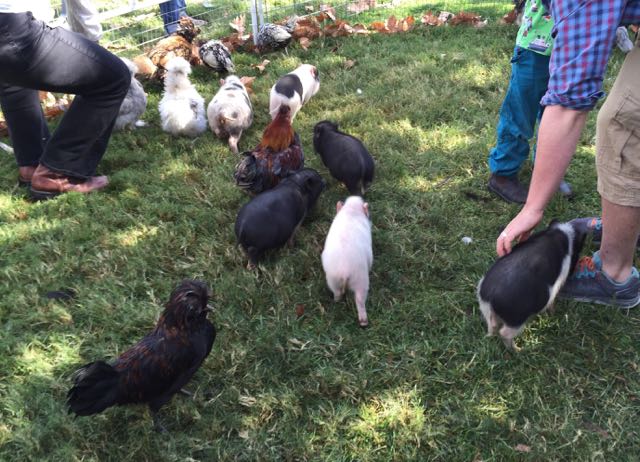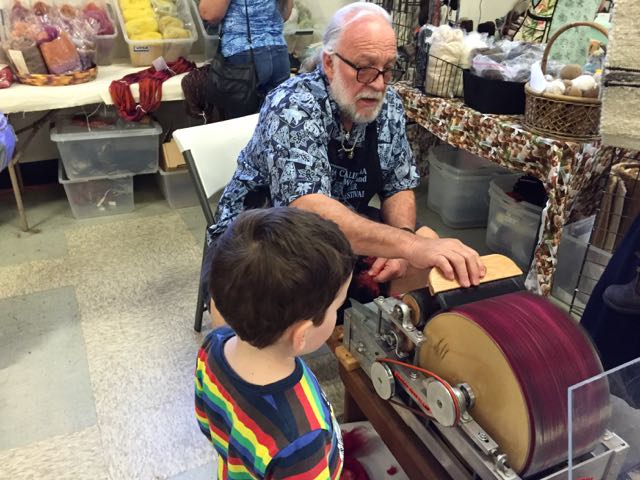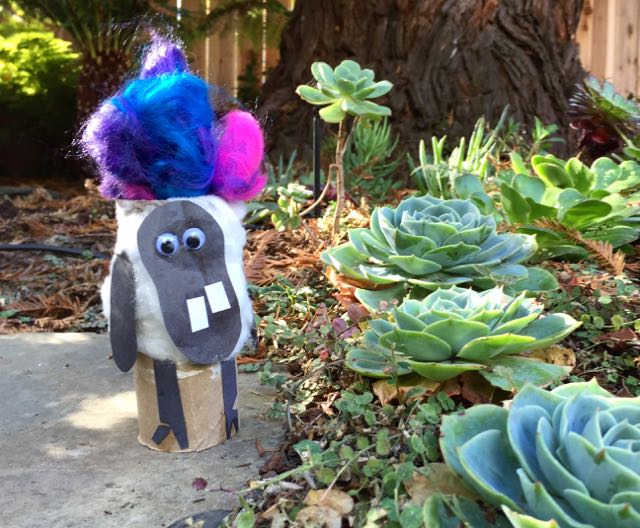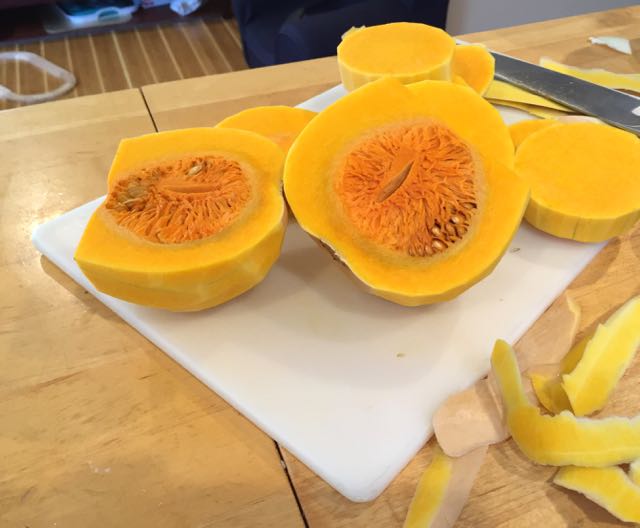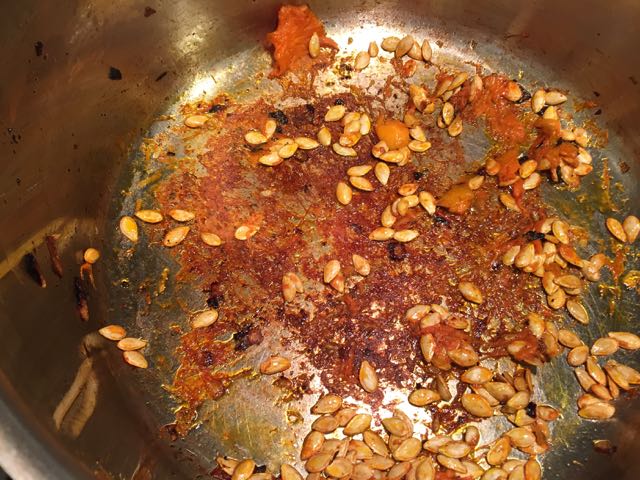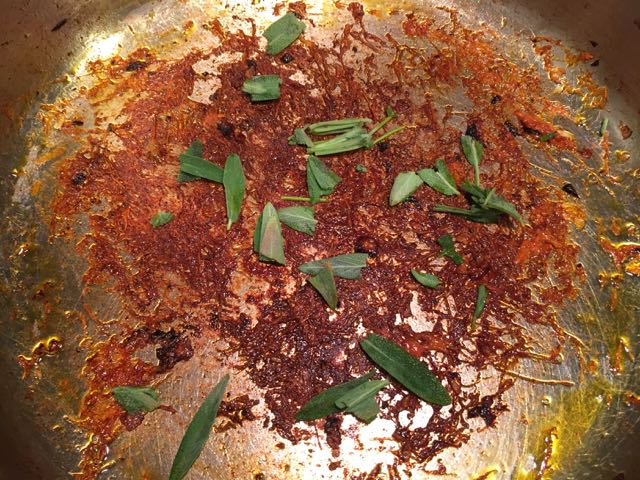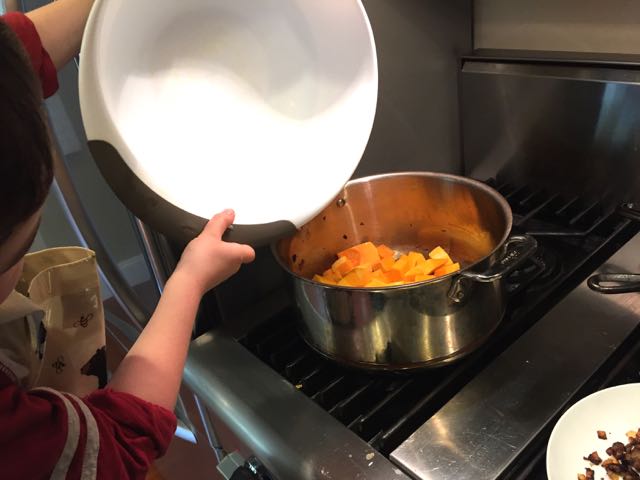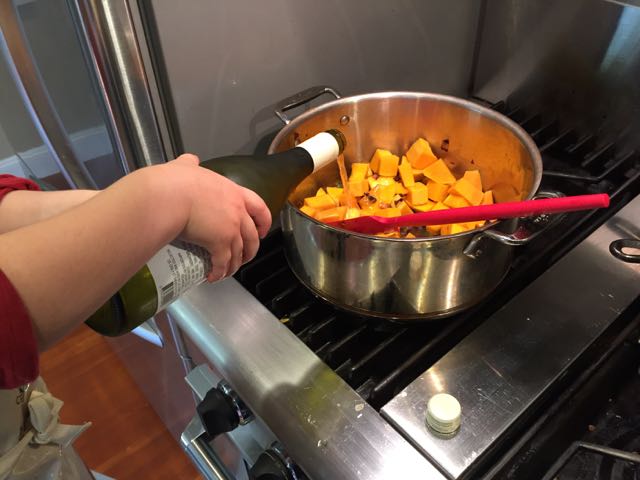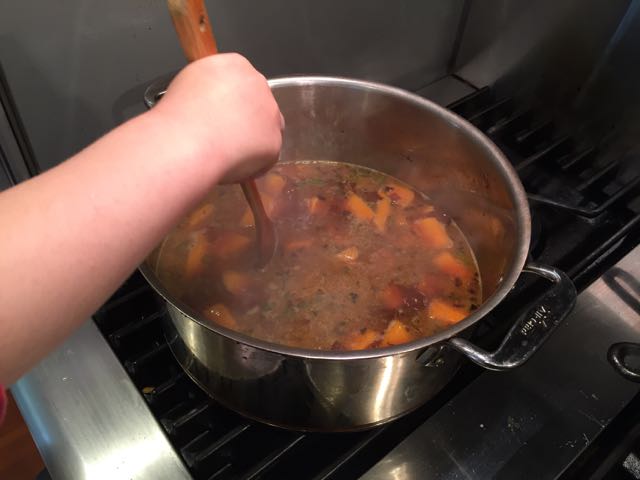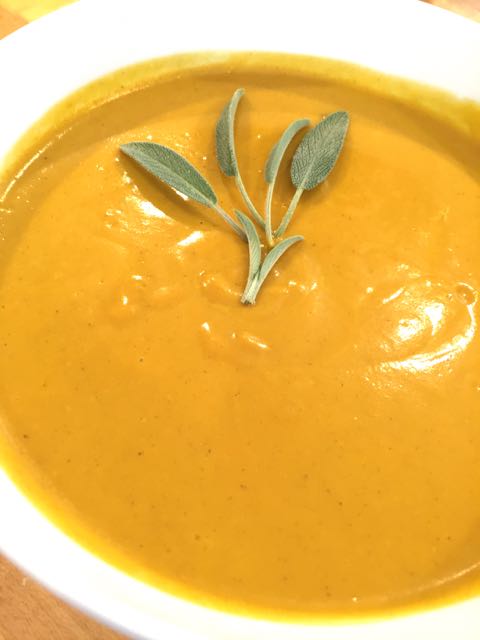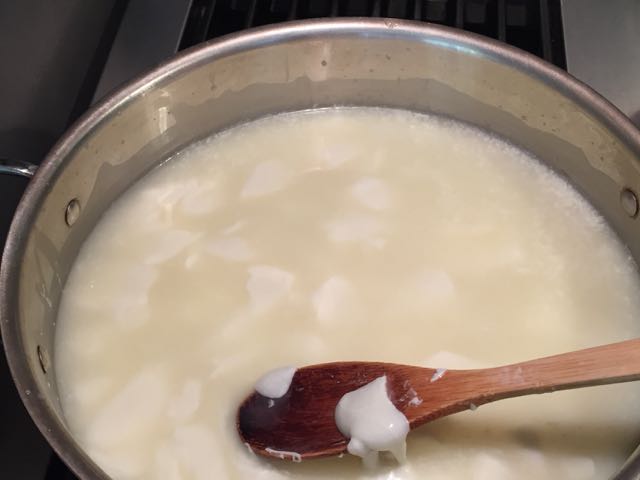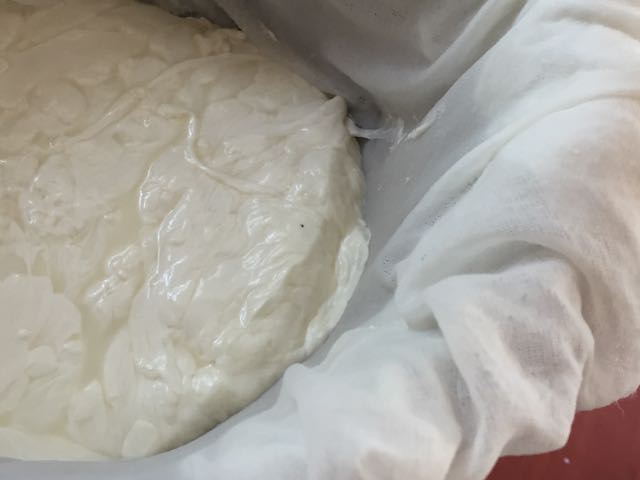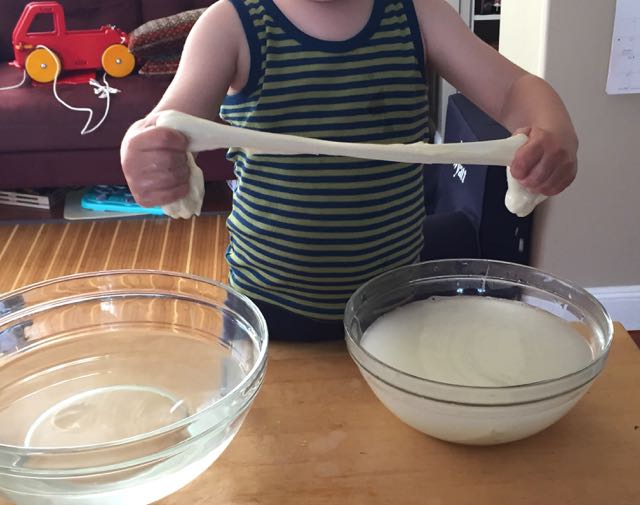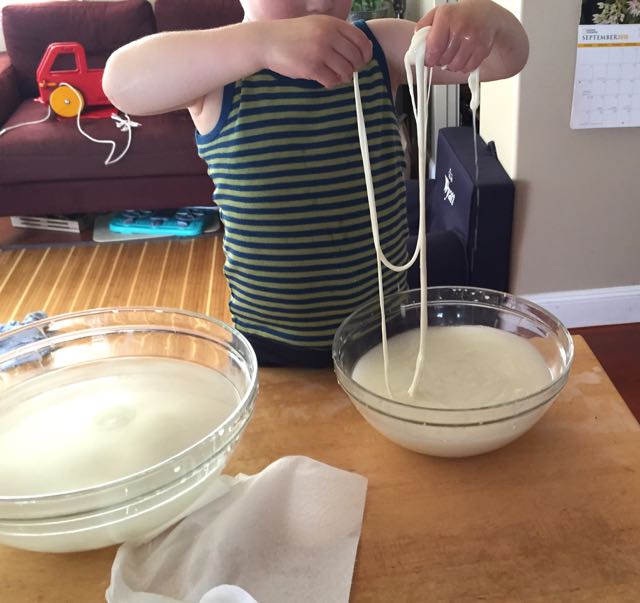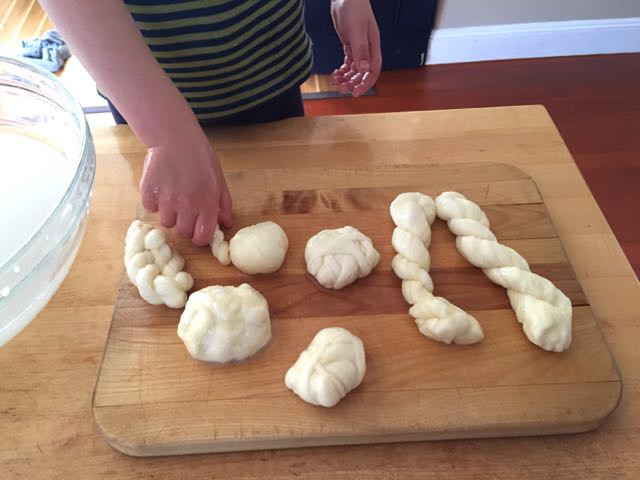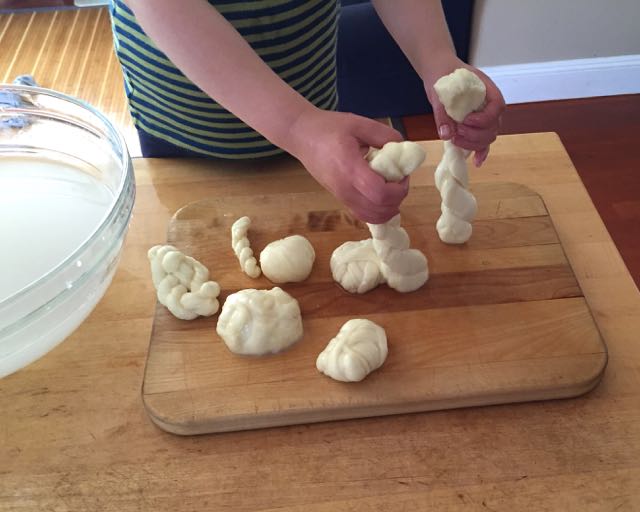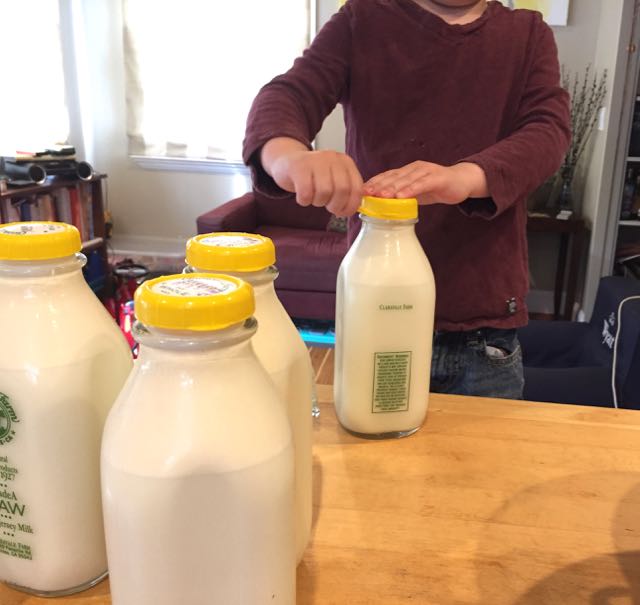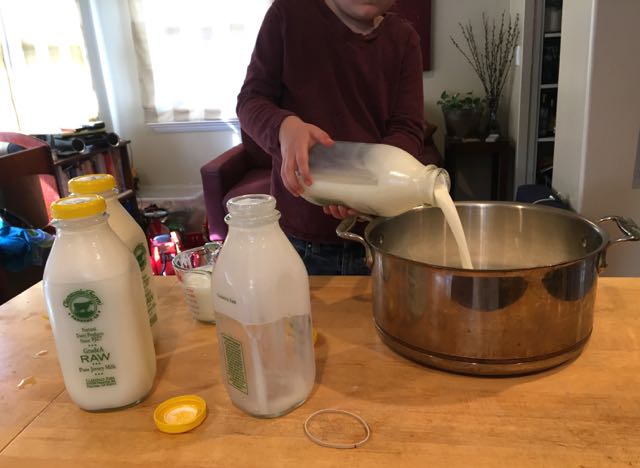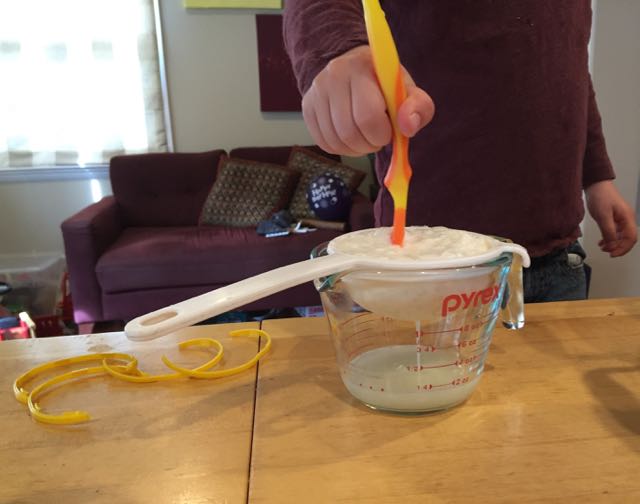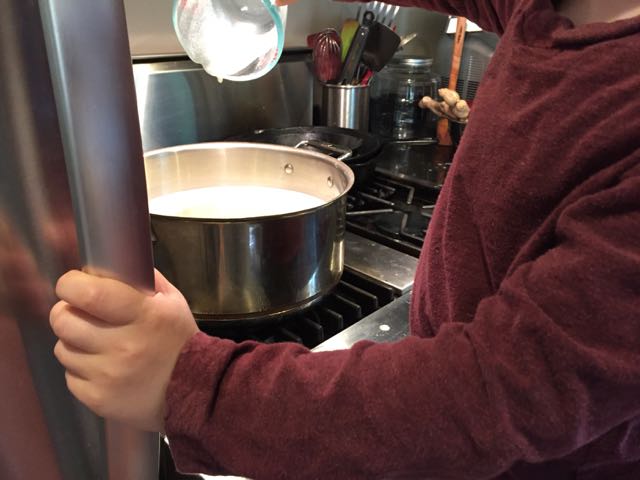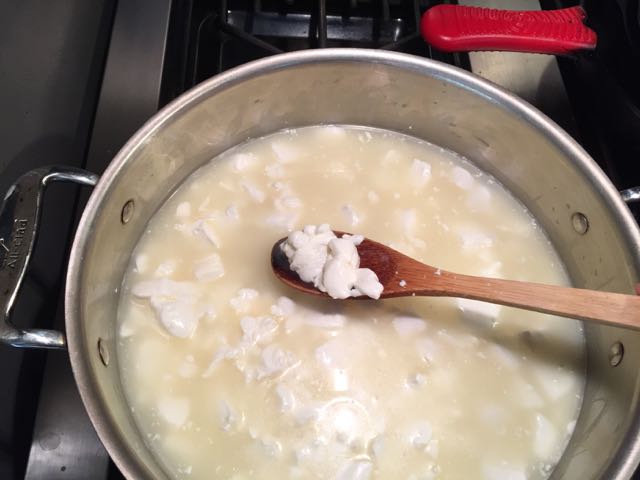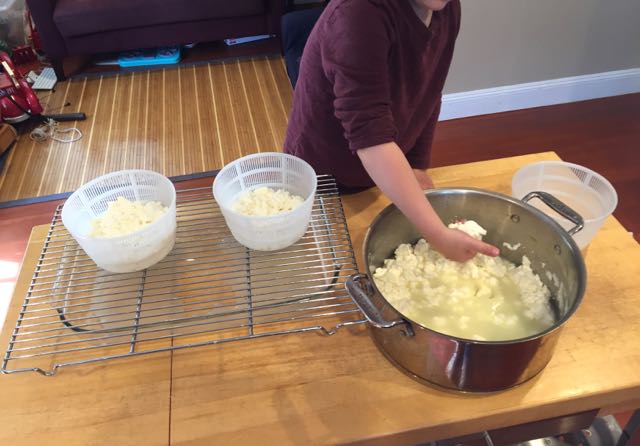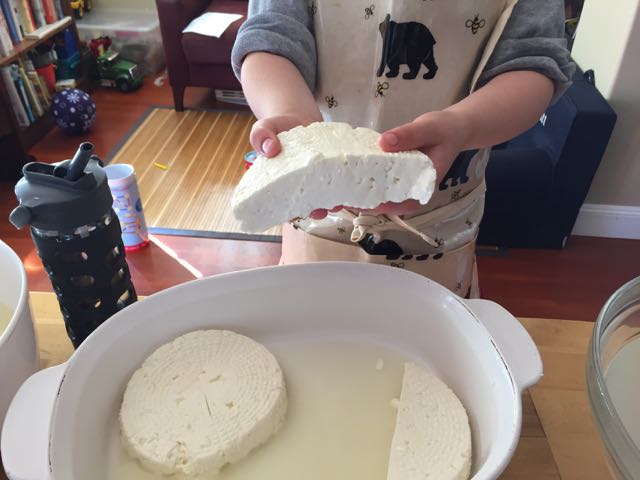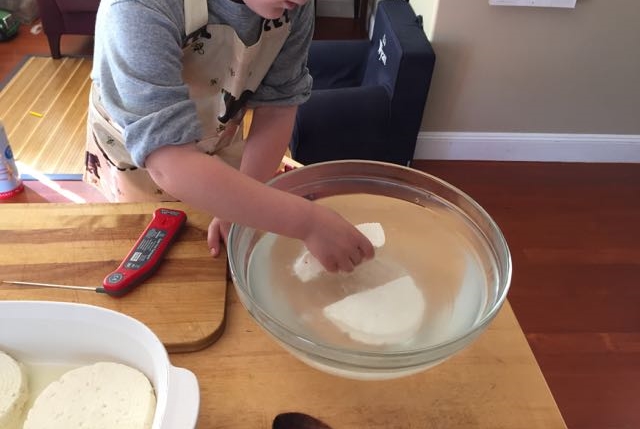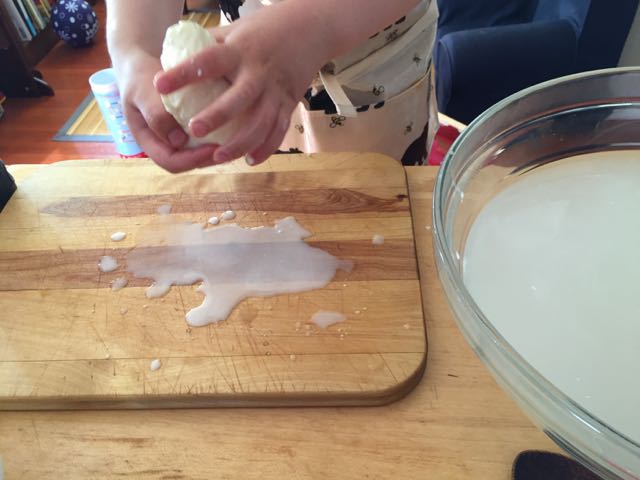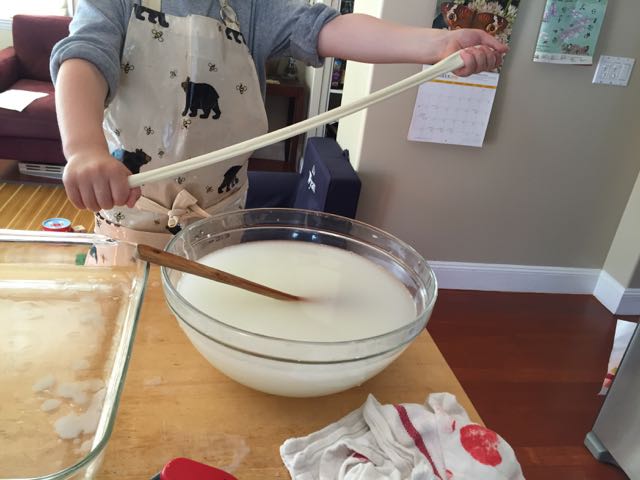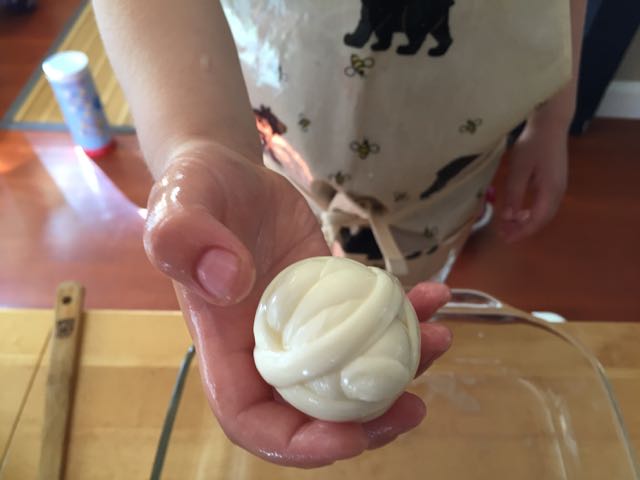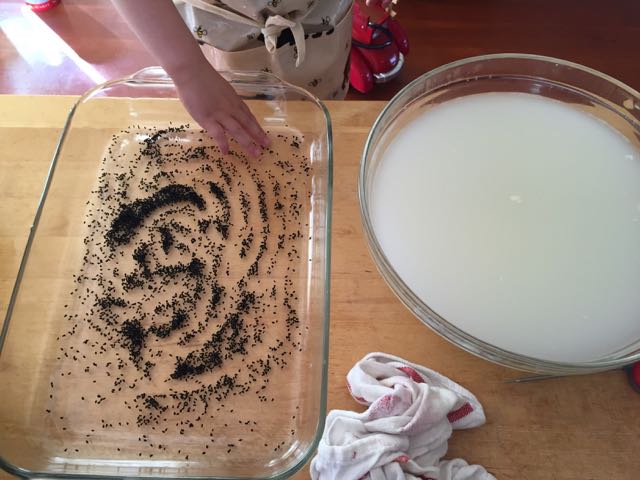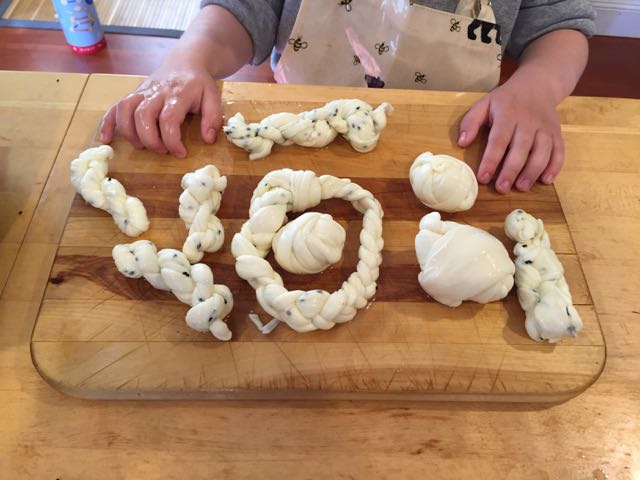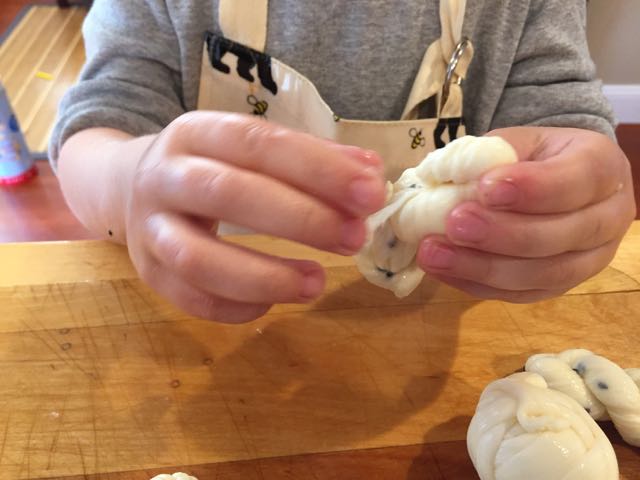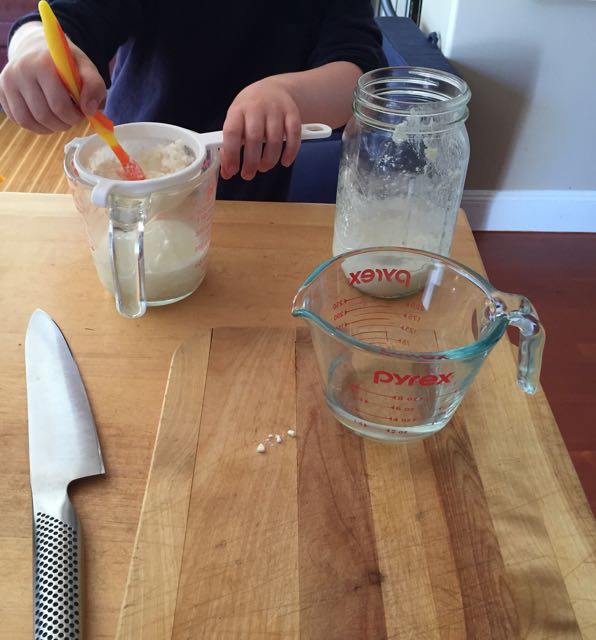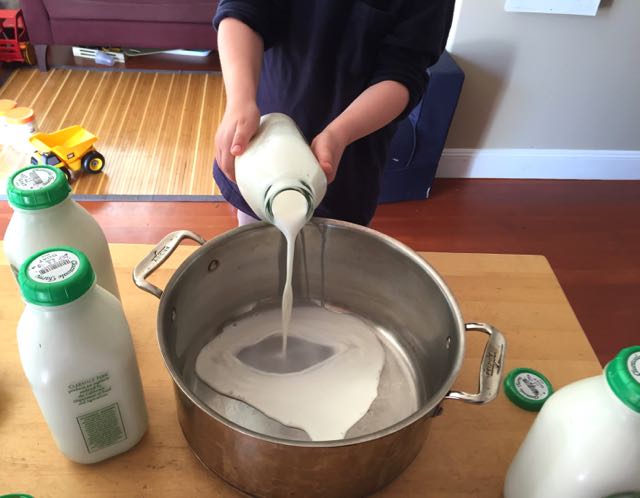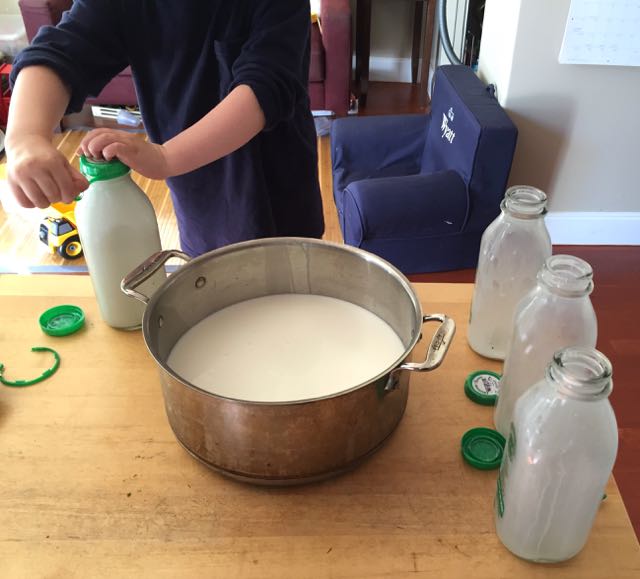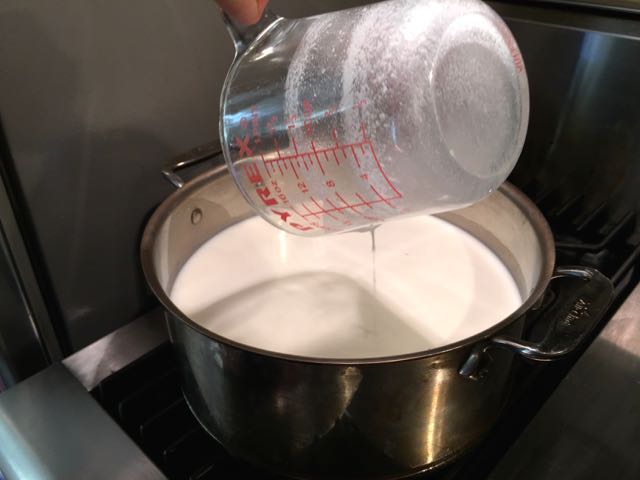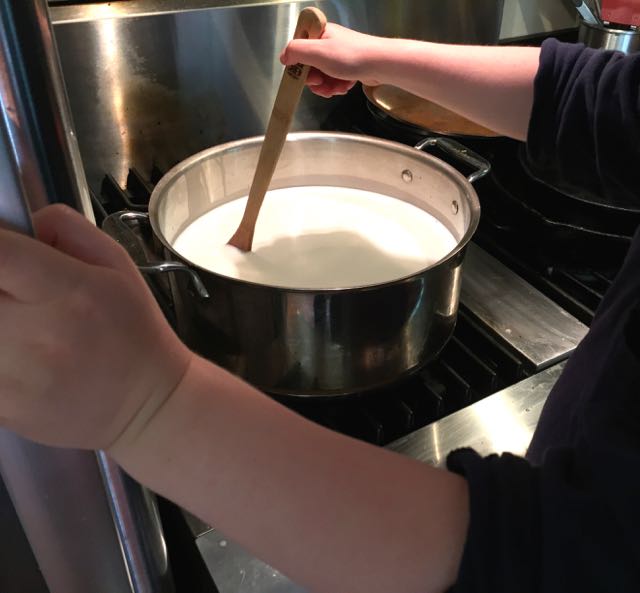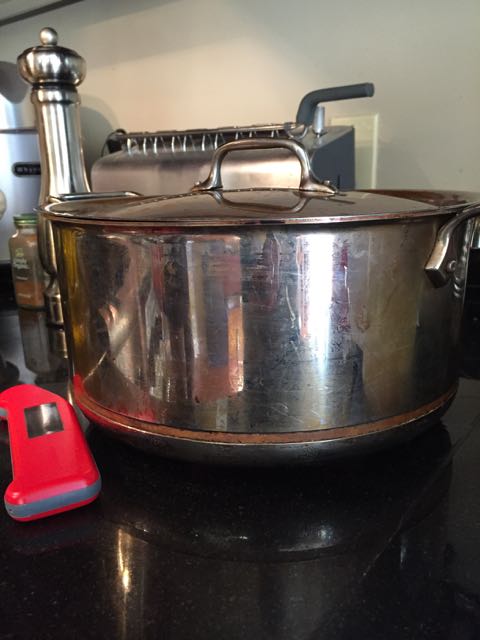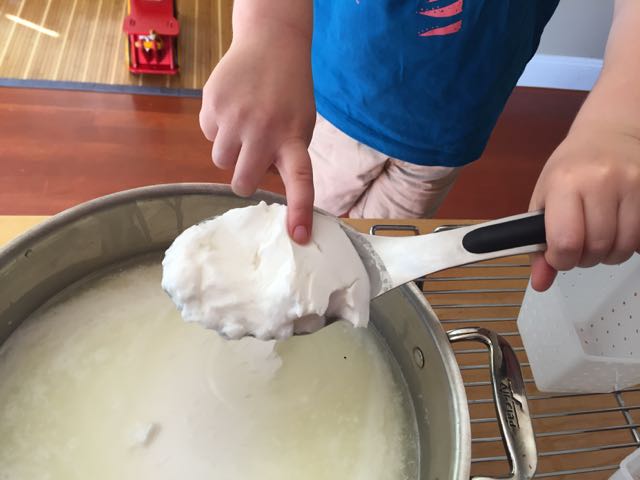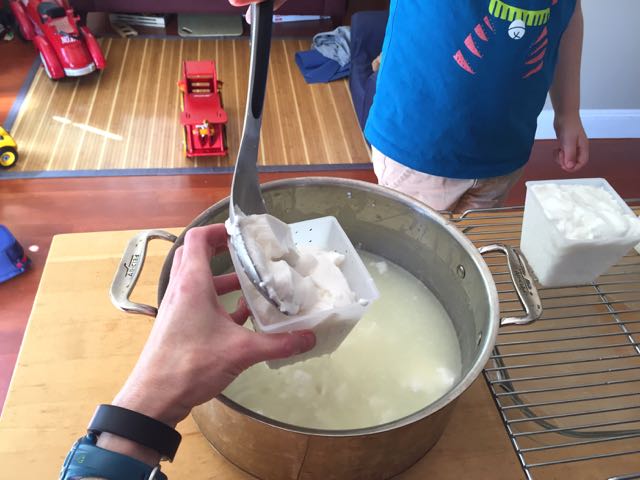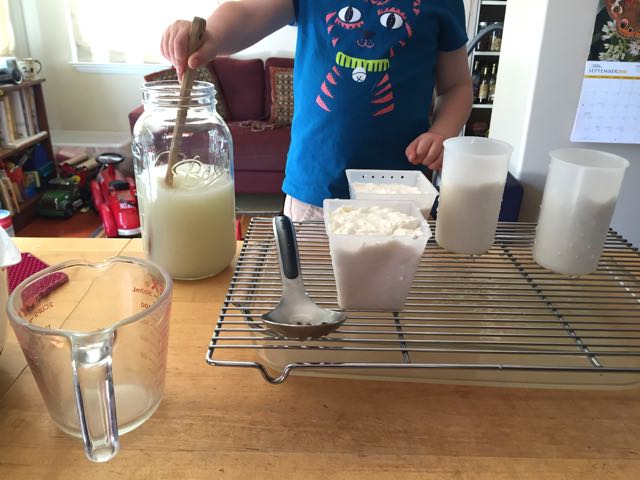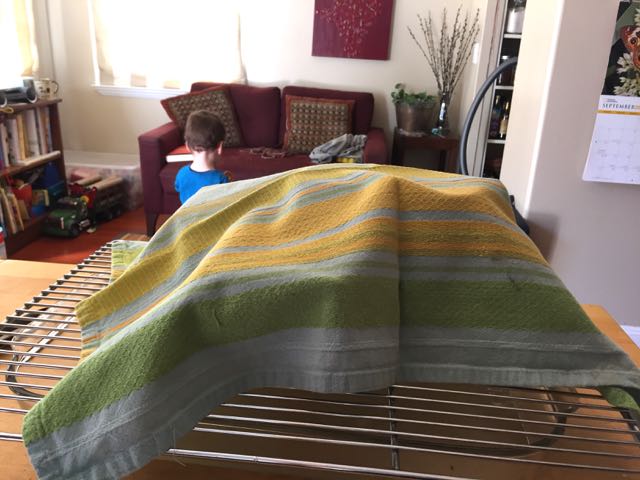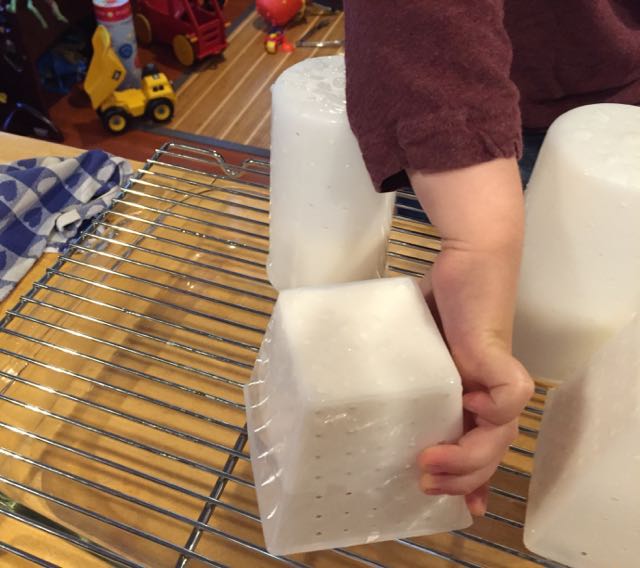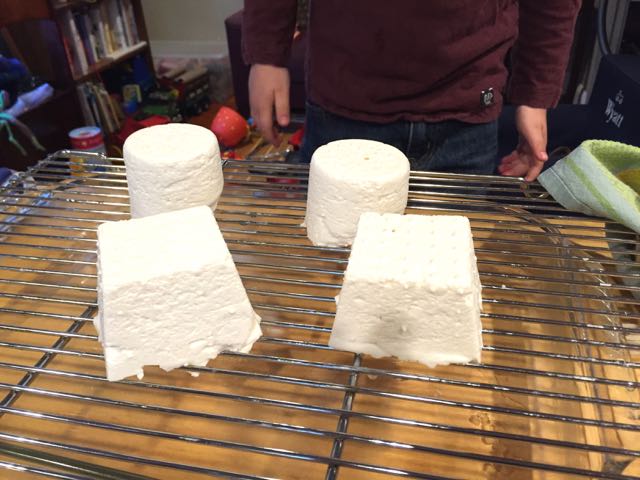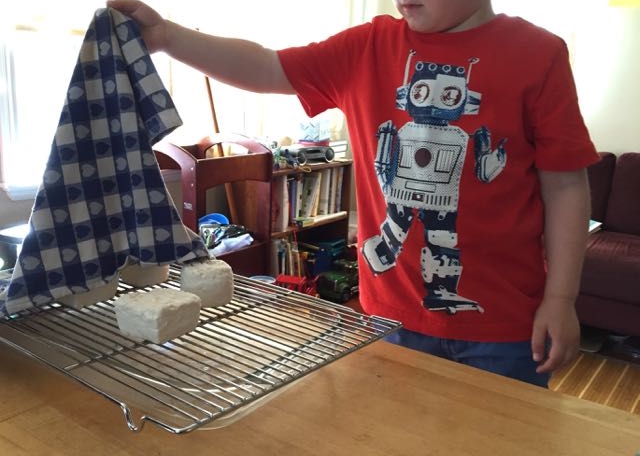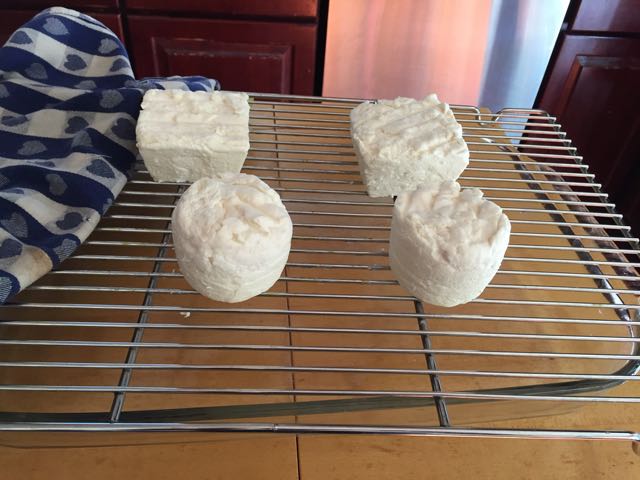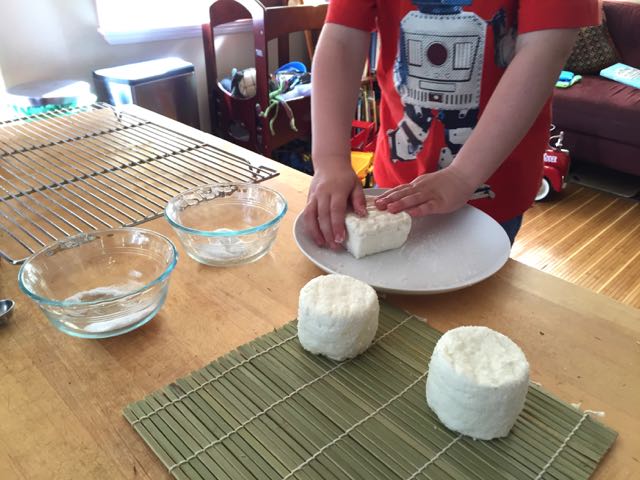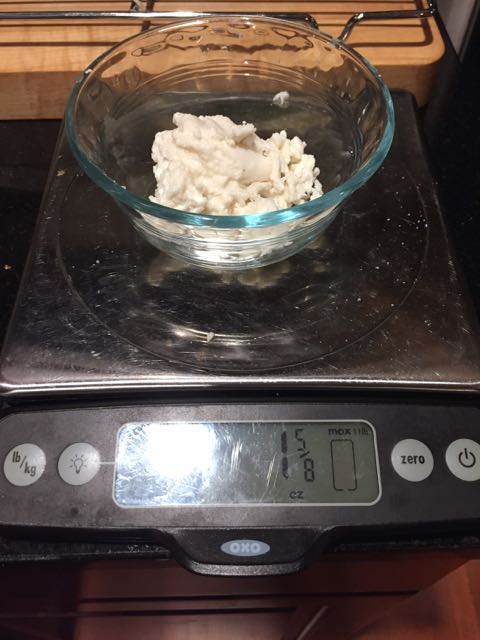Craft Pals
Christmas is over. Soon we will put away for another year the tree and all its ornaments, as well as the lights that we have draped around various windows in our house. And soon, Wyatt may stop asking every day whether any boxes arrived for him.
Getting letters, cards, and fun surprises in the mail is so thrilling. The holidays brought us a fat stack of beautiful cards, many parcels, and fortunately, extra exuberance from our mail carrier, Roberto. One of the most special gifts that arrived at our house this year was for Wyatt, from his friend, Benjamin, who just turned six. Benjamin made Wyatt a needle-felted toadstool:
This most marvelous creation was the latest in an ongoing informal craft exchange that sprang up over the last year or so. The boys have never met, but Benjamin's mother, Sarah, and I became friends through a book club I joined when I moved to San Francisco. Sarah and her husband moved back to South Carolina before Benjamin was born, but Sarah and I have stayed in touch through social media and email. Sarah's cooking, canning, knitting, writing, and her joy and frustration in wrangling life's chaos inspire me.
The exchange began with homemade marshmallows. In October 2014, Wyatt and I decided to make marshmallows. I posted about it online, as one does, and Sarah commented that she wished she had some herself, but having made them in the past, she was in no hurry to experience the process (the smell, really) again any time soon. Our marshmallows turned out well, and because marshmallows are best shared, we sent Sarah and Benjamin a bag of them.
A few weeks later, Benjamin sent Wyatt a tin of homemade pumpkin pie spice. It smelled heavenly. We used it to make pumpkin custard. The tin has long been empty, and the label is a little stained with vanilla extract. But we keep the tin because it was such a fun gift, it smells good, and we might even refill it one day.
Once the spice was gone, we thought and thought about what we could make for Benjamin. Wyatt decided on hand-rolled beeswax candles. Wyatt rolled, I mailed, and Benjamin loved. The day Benjamin received the box, Sarah sent us a photograph of him enjoying his dinner by candelight.
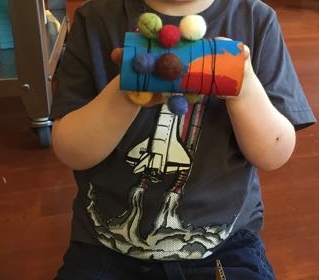
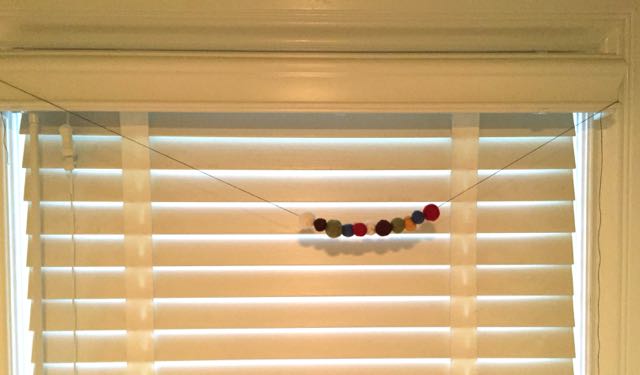
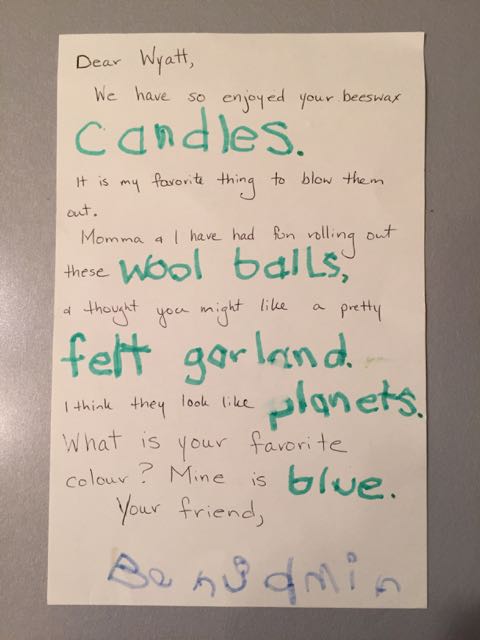
Some time went by, and then one day there was a surprise parcel for Wyatt. Benjamin had made him a garland of felted balls. Benjamin explained in the accompanying card that the balls reminded him of planets. Wyatt was delighted and immediately asked if he could hang the garland in his room. It hung on his toddler bed for awhile, and when he moved to his big bed, we hung it over the window. The garland arrived wrapped securely (and untangled!) around a toilet paper tube that Benjamin had painted. Wyatt kept that tube, too.
This summer, we made some felted soap for Benjamin.
We went to Rainbow Grocery and bought some soap that smells like creamsicles taste, and we set about giving that soap a woolen jacket.
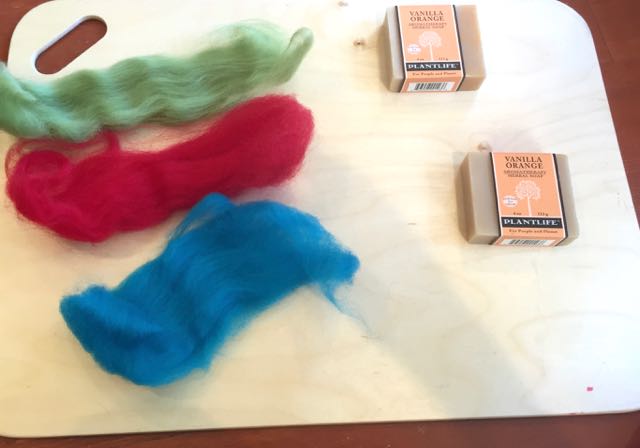
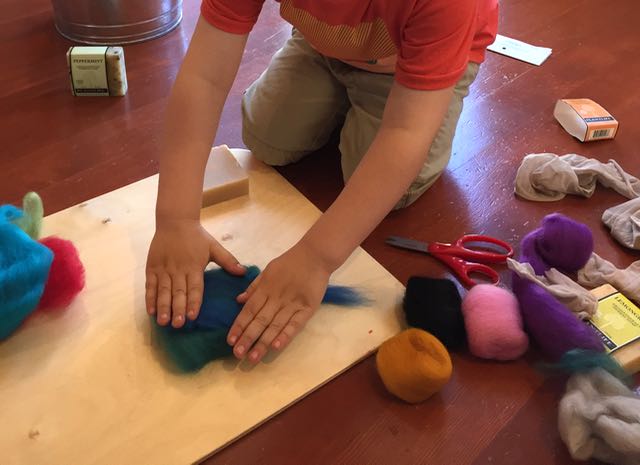
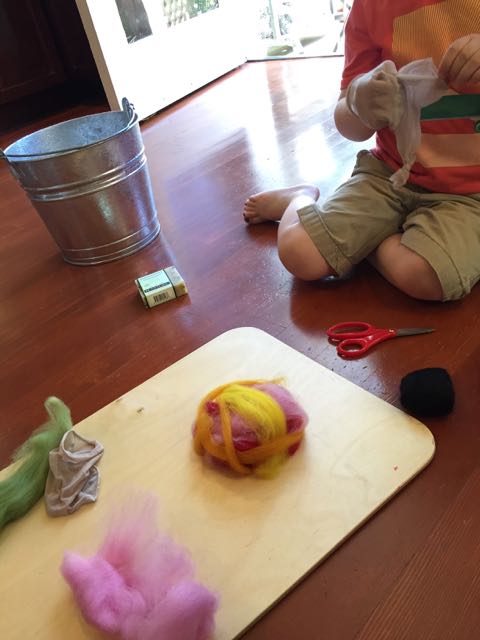
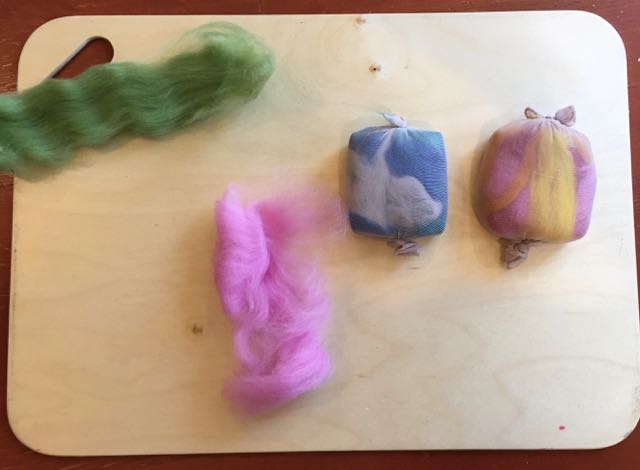
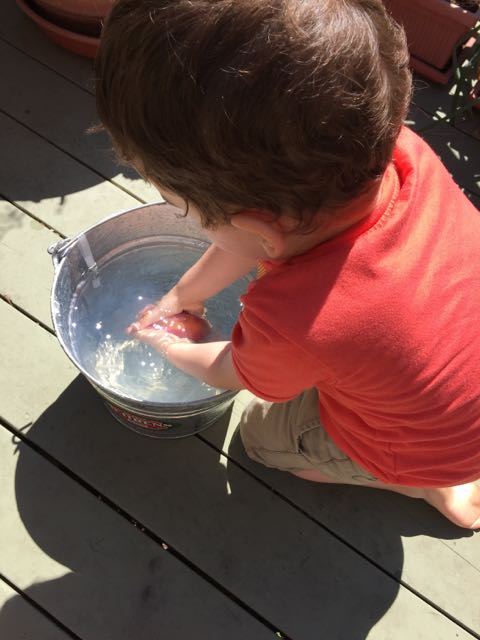
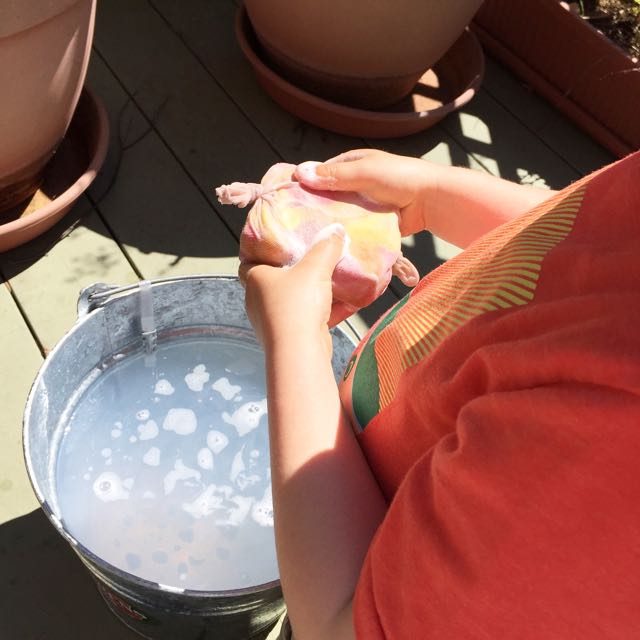
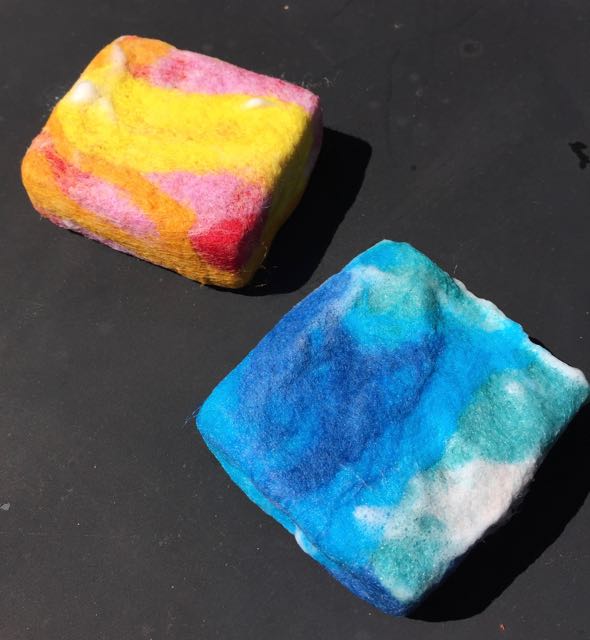
Wyatt wrapped the soap in wool roving, and we knotted the roving-wrapped bar in a nylon stocking. He rubbed the bar of soap in as hot water as he could stand, and then dipped it in cold water, and then went back to rubbing it in hot water, then cold water, then back to hot. The bubbles grew thicker and thicker as we worked on the soap for about ten minutes. The wool shrank and felted to the shape of the soap. We let the soap dry so we could pack it for mailing. (Wyatt made a bar of soap for himself, too, because why not?) Wyatt thought Benjamin's soap (the blue one) looked like a map of England, so we mentioned that in the card.
Around the same time as we felted the soap, I finished knitting a lace scarf from teal alpaca yarn. I sent the scarf to Sarah. She's worthy of hand-knit gifts any day, but at that time she was extra deserving, having recently given birth to Benjamin's little brother and having just gone back to school for a master's degree. The scarf seemed like something she would enjoy when the weather grew colder.
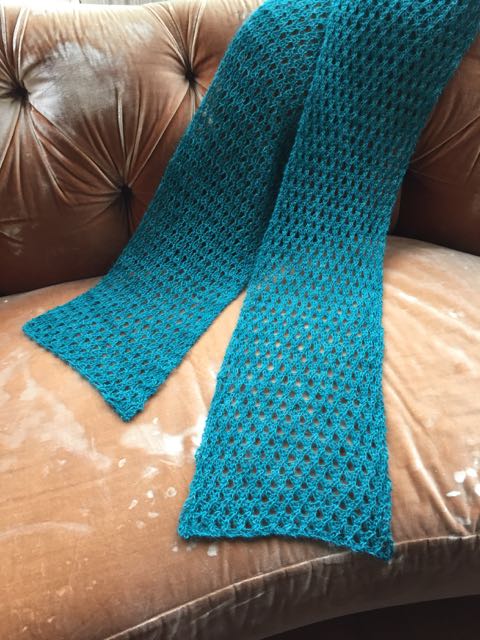
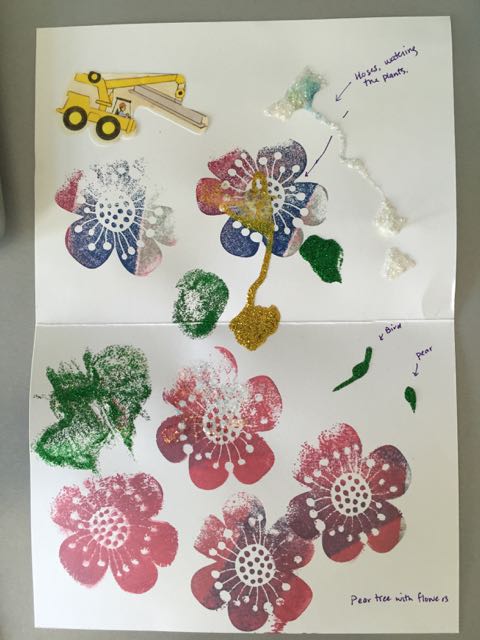
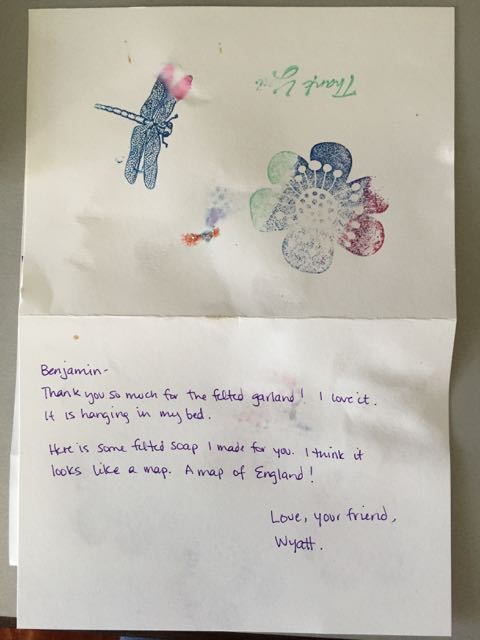
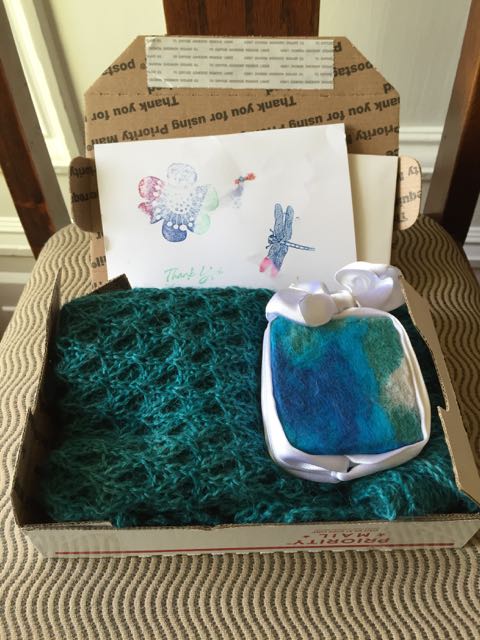

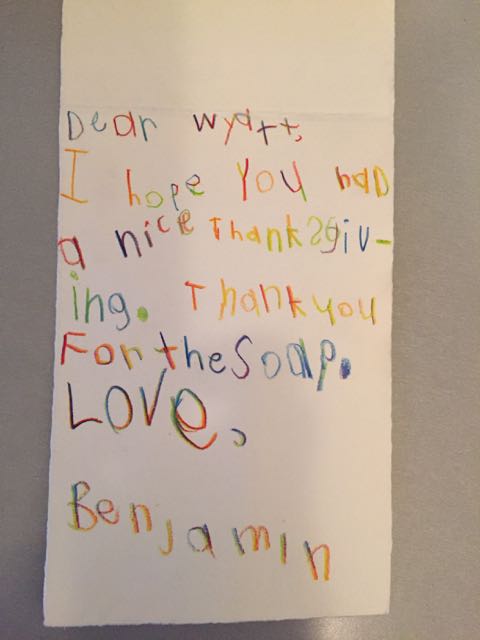
A couple of weeks ago, Benjamin sent Wyatt the excellent toadstool and a handmade autumn-themed card. Sarah told me she painted the tree and Benjamin added the leaves with a q-tip.
The timing of this gift couldn't have been better. Just two days before the gift arrived, Wyatt had been cross-examining me about why, OH WHY! could he not do needle felting? I have no idea why needle felting occurred to him. It's not like I had ever done needle felting myself. We didn't even have any tools for it. I told him he could do it when he was older because of the needles. He might stab himself, and stabbed, bleeding fingers would feel very bad. He was unmoved by my explanation. When he learned that Benjamin had made the toadstool himself, he immediately confronted me with the reason why it was totally appropriate for him to start needle felting: "Benjamin does it!" After marveling at the toadstool for an entire afternoon, Wyatt carefully re-wrapped it in its golden tissue paper and placed it in his basket, saving it for when we got our Christmas tree. We shopped for needle felting tools the next day.
Once we had our tools, and then our replacement tools because some needles broke, we made Benjamin a needle felted ornament. Wyatt was very clear that it needed to be made of hearts.
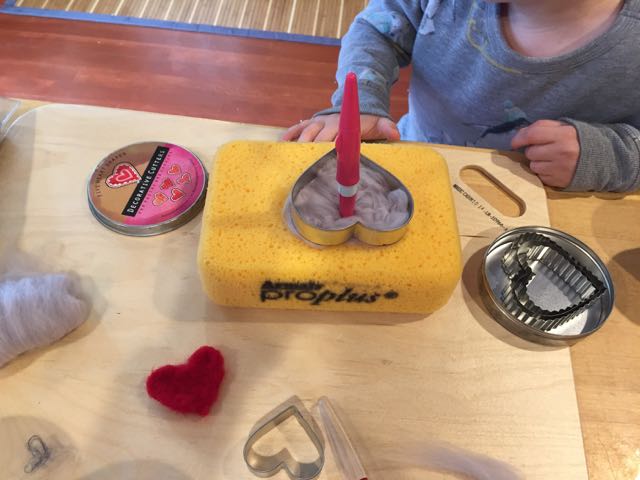
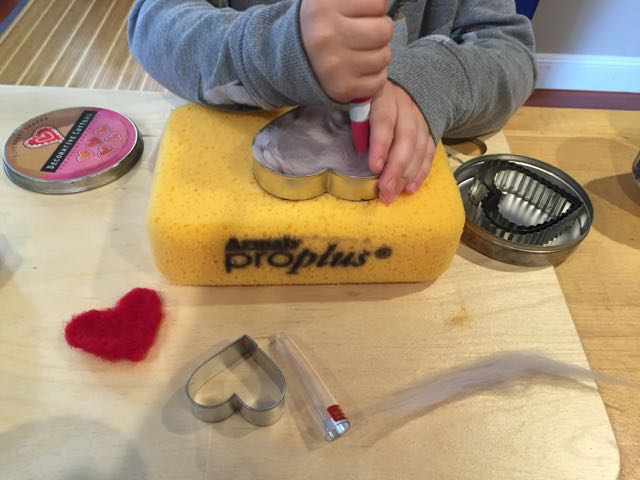
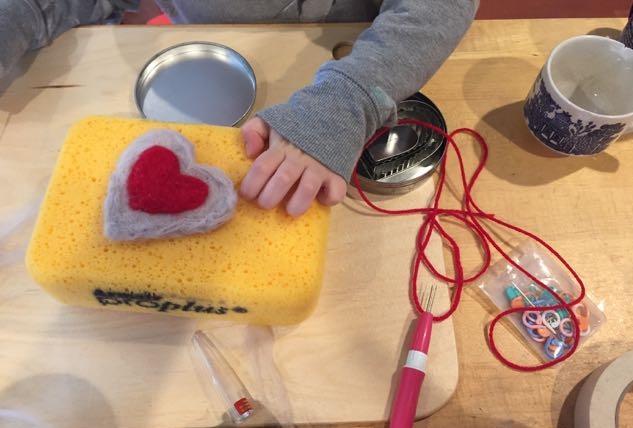
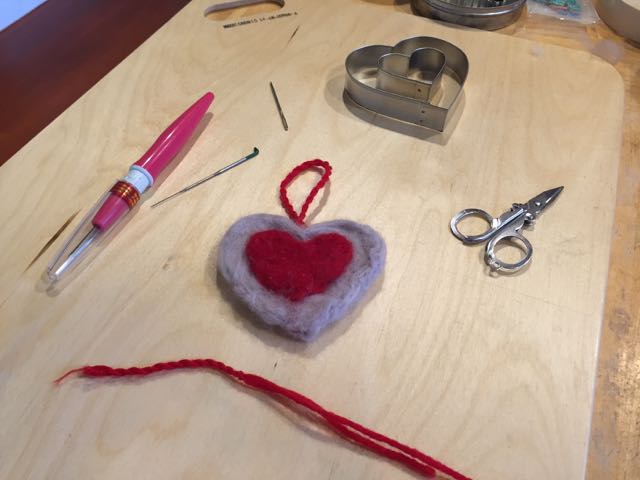
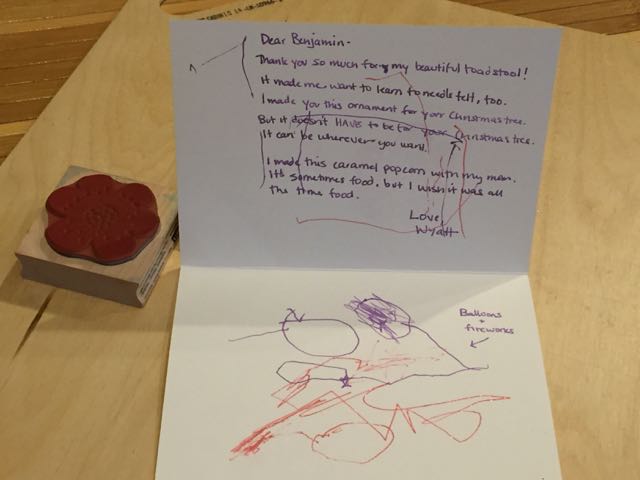

He was careful to have me write in the accompanying card that Benjamin could put the ornament on his Christmas tree, but he didn't have to. We also sent some caramel popcorn clusters because the only thing nicer than sending Sarah the recipe was to send the popcorn itself.
There are so many reasons why I love this little exchange of treats and crafts, not the least of which is the way it sprang up so spontaneously. There has never been any pressure to send anything, never mind by any particular date. It's just really fun. We've also made some pretty great items with our boys. I am mystified why crafts are so often considered and almost always marketed as an activity for girls. After all, who among us wouldn't enjoy a good roving-stabbing from time to time? Seeing Sarah and Benjamin's creativity has inspired us to try new crafts. And the joy and appreciation that Wyatt has in receiving something that his friend has made for him, a couple of thousand miles away, with his very own hands, is truly wonderful.







